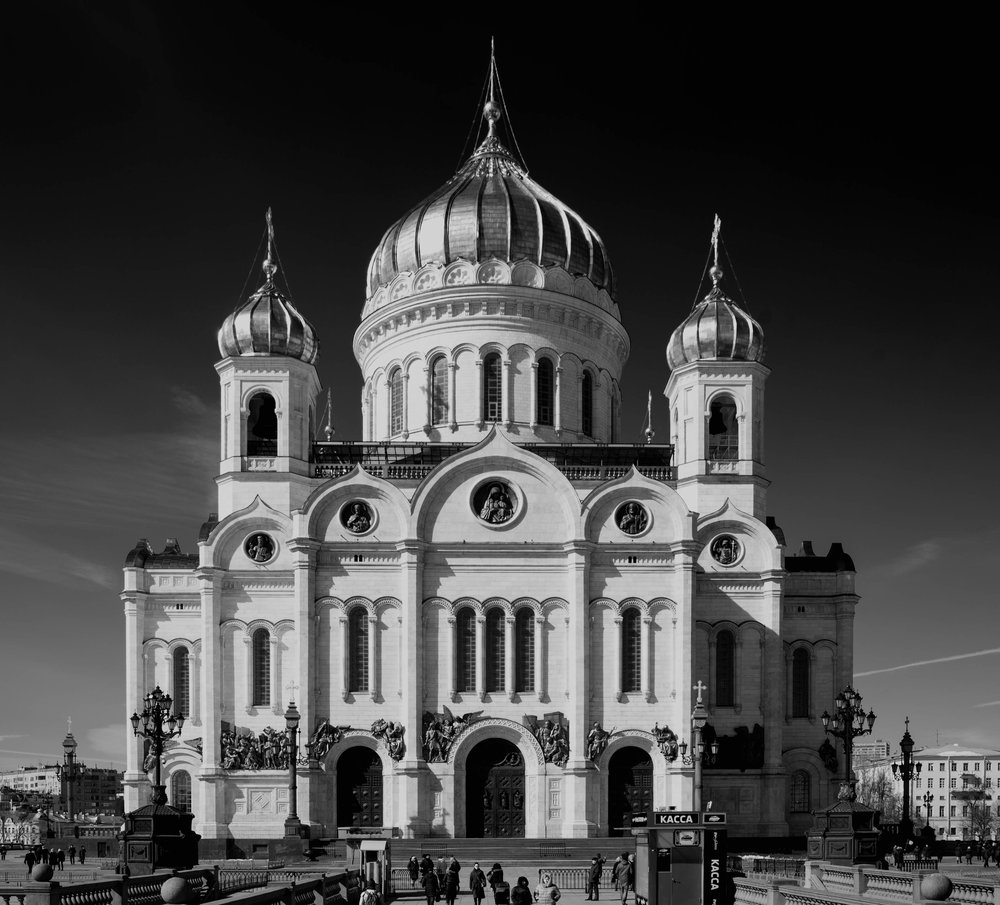
When I was at school in the 1950s and 1960s, we regularly said prayers for the ‘Conversion of Russia’. The photo above shows the Cathedral of Christ the Saviour in Moscow. This was built in the 1990s on the site of a church of the same name which had been pulled down by Stalin in 1932.
Stalin had intended building a 315m (about 1,033 ft) high Palace of Soviets, but this never came to fruition and the site remained the world’s largest swimming pool for about fifty years before the new cathedral was built (completed in 1997). We visited the cathedral, but no photographs were allowed inside. Our tour guide and others we met while in Russia acknowledged all of those prayers by Irish people for the ‘Conversion of Russia’.
This photograph was taken on recent two city tour (Moscow and St Petersburg) which my wife and I went on with a group of Irish people. It was organised by the Travel Department in Dublin, a company which specialises in cultural and specific subject tours (for instance, gardens and arts).
Red Square
When we arrived in Russia on 29th March we found that, like Ireland, Russia was also suffering from a very late spring this year. Our first port of call was Red Square.
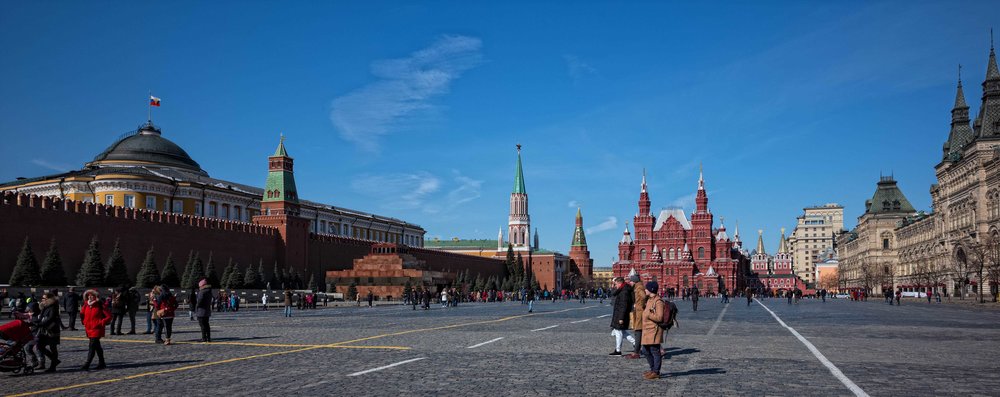
When I was a child we often saw film of military parades in Red Square, but nowadays the main parades are of tourists queueing to see the various attractions dotted around — including the following from left to right, Lenin’s Mausoleum, GUM Store and St Basil’s Cathedral
Note that all images in panels, as below, have been cropped for symmetry. Click on individual shots to enlarge them and to see the full perspective
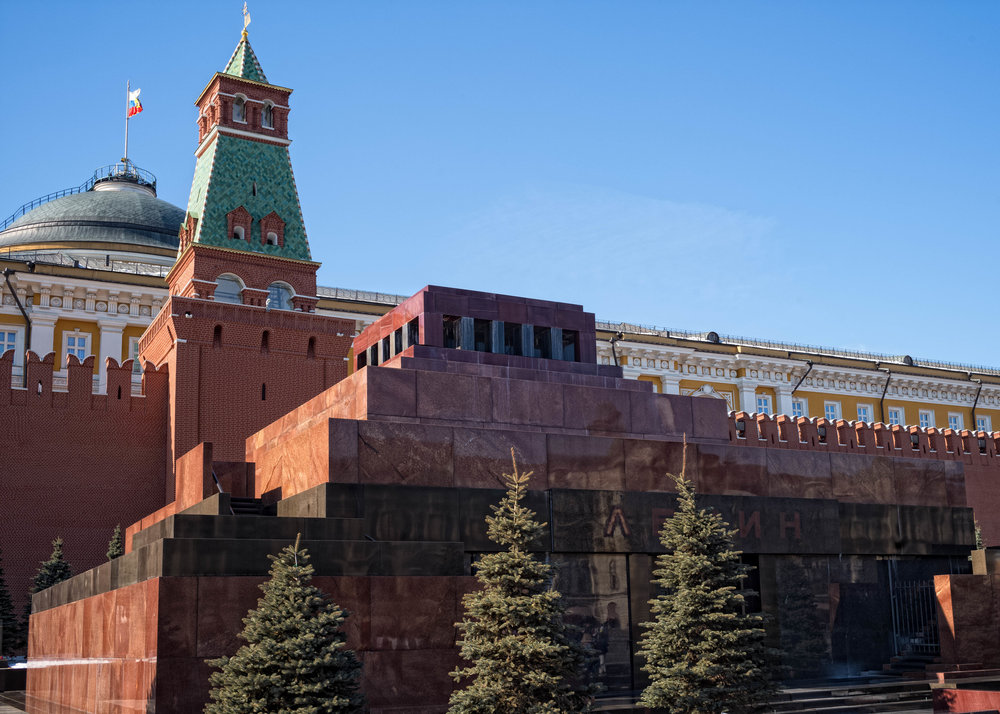
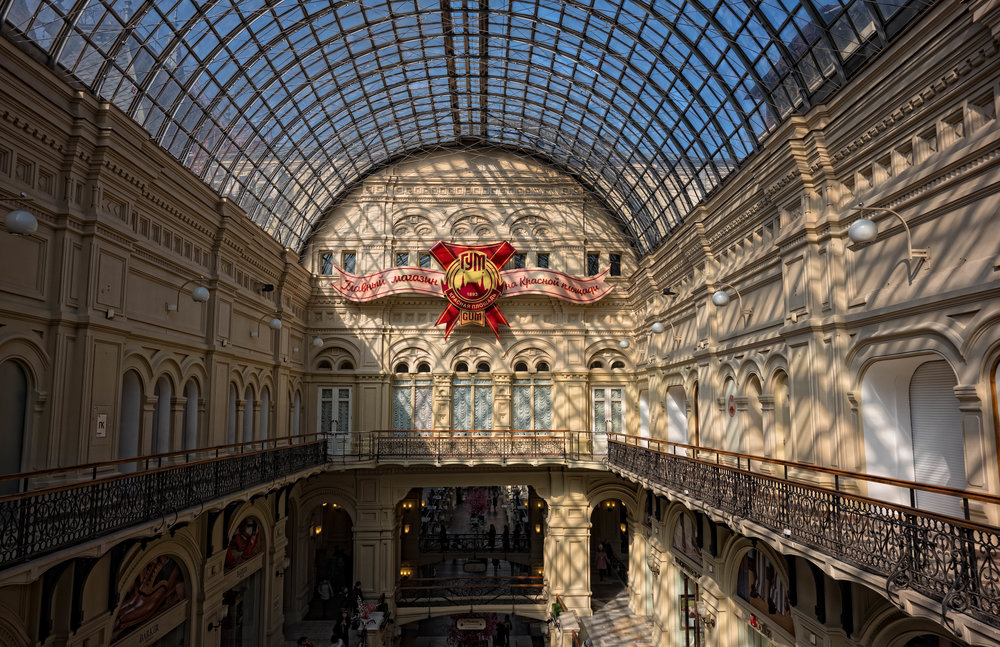
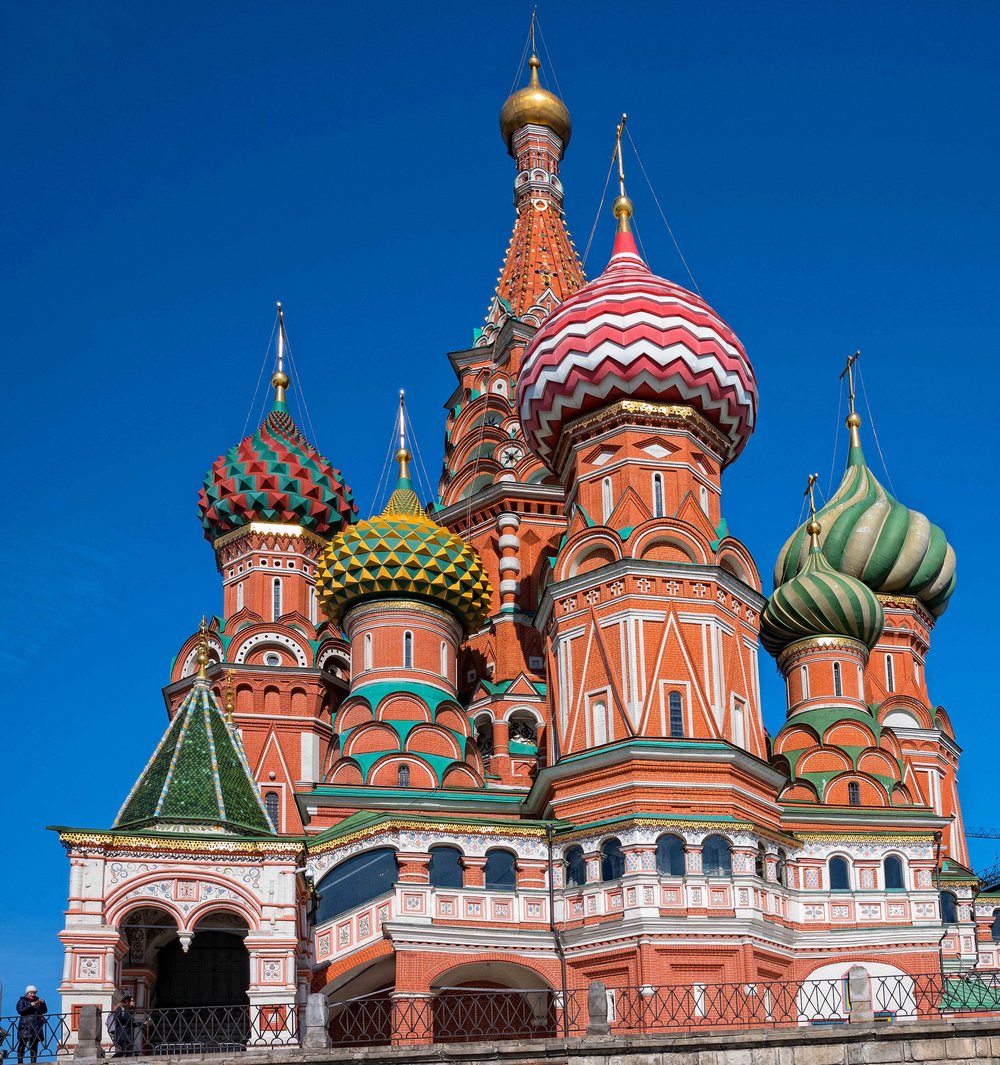
.We did not visit Lenin’s Mausoleum as by a ‘Bolshevik Vote ‘ (our tour guide’s words) we visited a graveyard instead, of which more later. GUM is no longer a charming place where people queue up to obtain the latest item to be ‘rationed’ out, but rather it is now the type of mall to be found in most capitals around the world, selling over-priced ‘fashion’ items. We did not visit St Basil’s, but we were not short of churches to visit.
Metro
On our way back from Red Square we visited several stations on the Moscow Metro. These are themed individually around cultural, history and arts subjects. It was Friday afternoon and the stations were starting to get really crowded, so I concentrated on the ceilings and wall decorations as things were getting rather hectic ‘on the ground’.
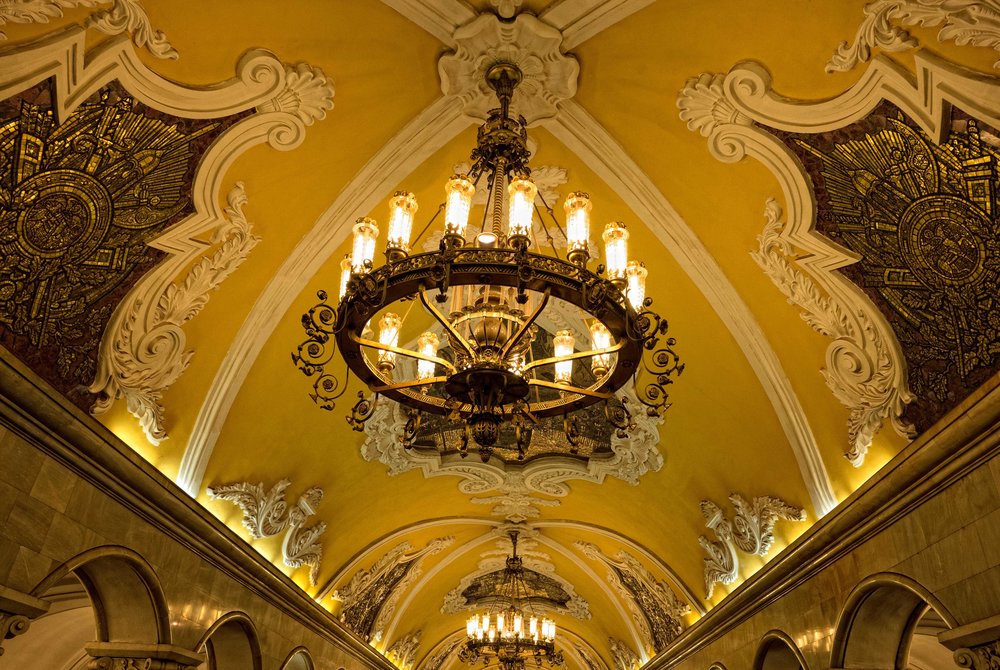
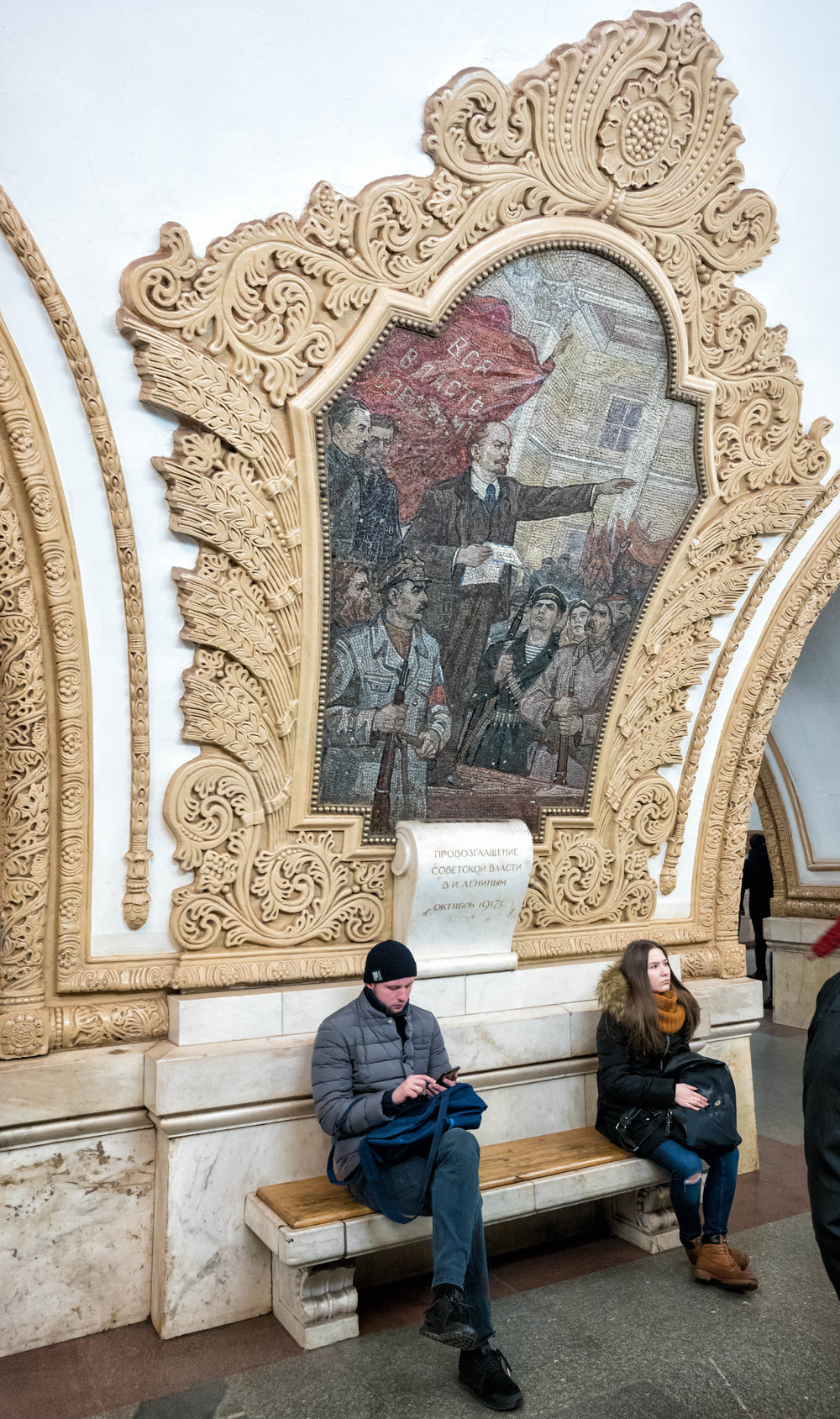
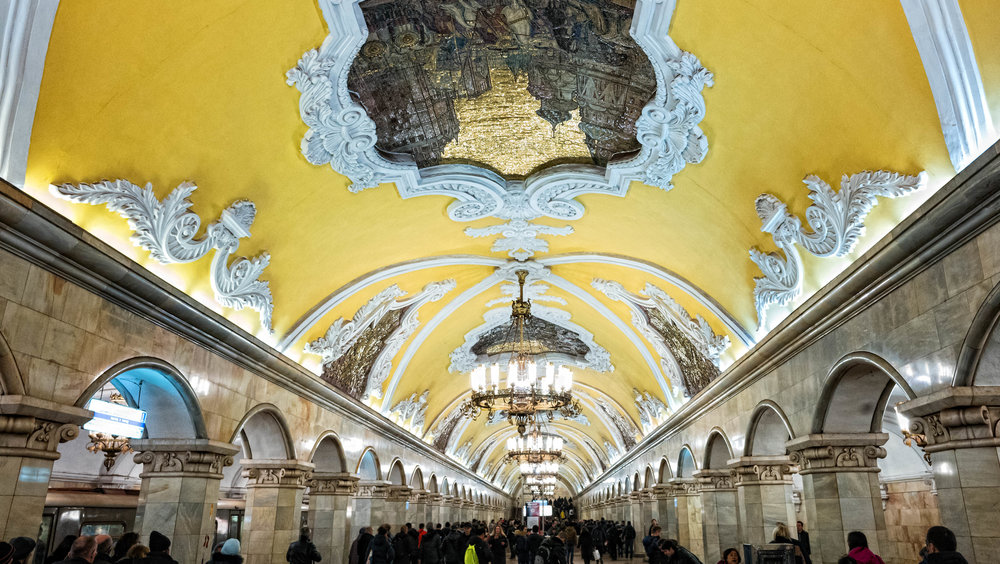
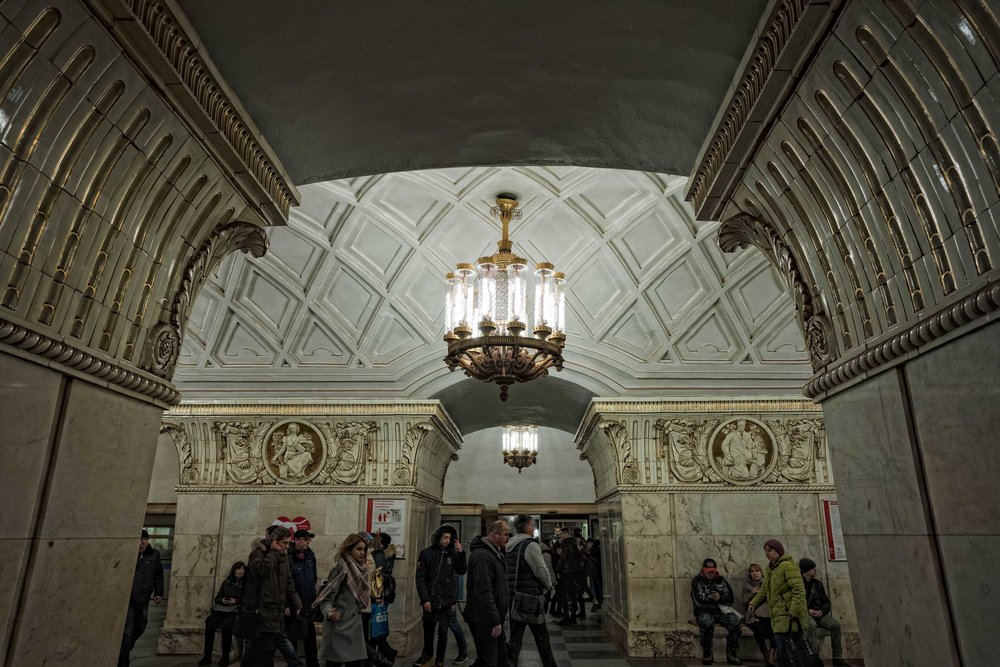
I really like the one which is second from the left above which shows a young man using a smartphone under a picture of Lenin, emphasising the cultural transformation which has taken place in the past 30 years. Notwithstanding this, it was emphasised throughout our trip that Russia is different to ‘The West’.
Sergiev Posad
Our tour could be described as a cultural or historical tour, but as religion is part of all that , we did find ourselves in many churches. On the third day of our visit we went to the Lavra (monastery) of Sergiev Posad about 70 to 80 km from Moscow. This place, which was founded by the ‘Russian St Patrick’, St Sergei of Radonezh in 1340, is the ground zero of the Russian Orthodox Church. It is there that young monks are trained and there were both male and female students. As well as being a holy place, it is an extremely attractive location with wonderful architecture which really catches the eye.
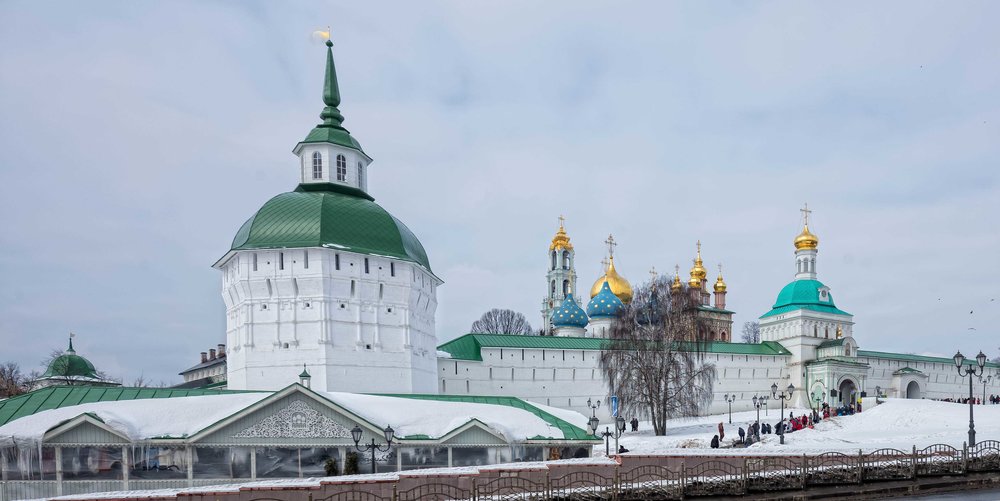
Inside we saw various activities such as those shown in the panel below going from left to right. The first one shows people queuing for holy water, something that would be familiar to Irish people of a certain age. The next one shows a young female student sitting under the watchful eye of the saint. I produced this from a corner crop from a larger photo and I only noticed this when I got back to Dublin. The final one shows one of the ladies who clean the Cathedral of the Assumption in the Lavra. They are not deterred at all by the hordes of tourists and just get on about their work, ignoring all around them and using their brushes as a way of sweeping though the crowds.
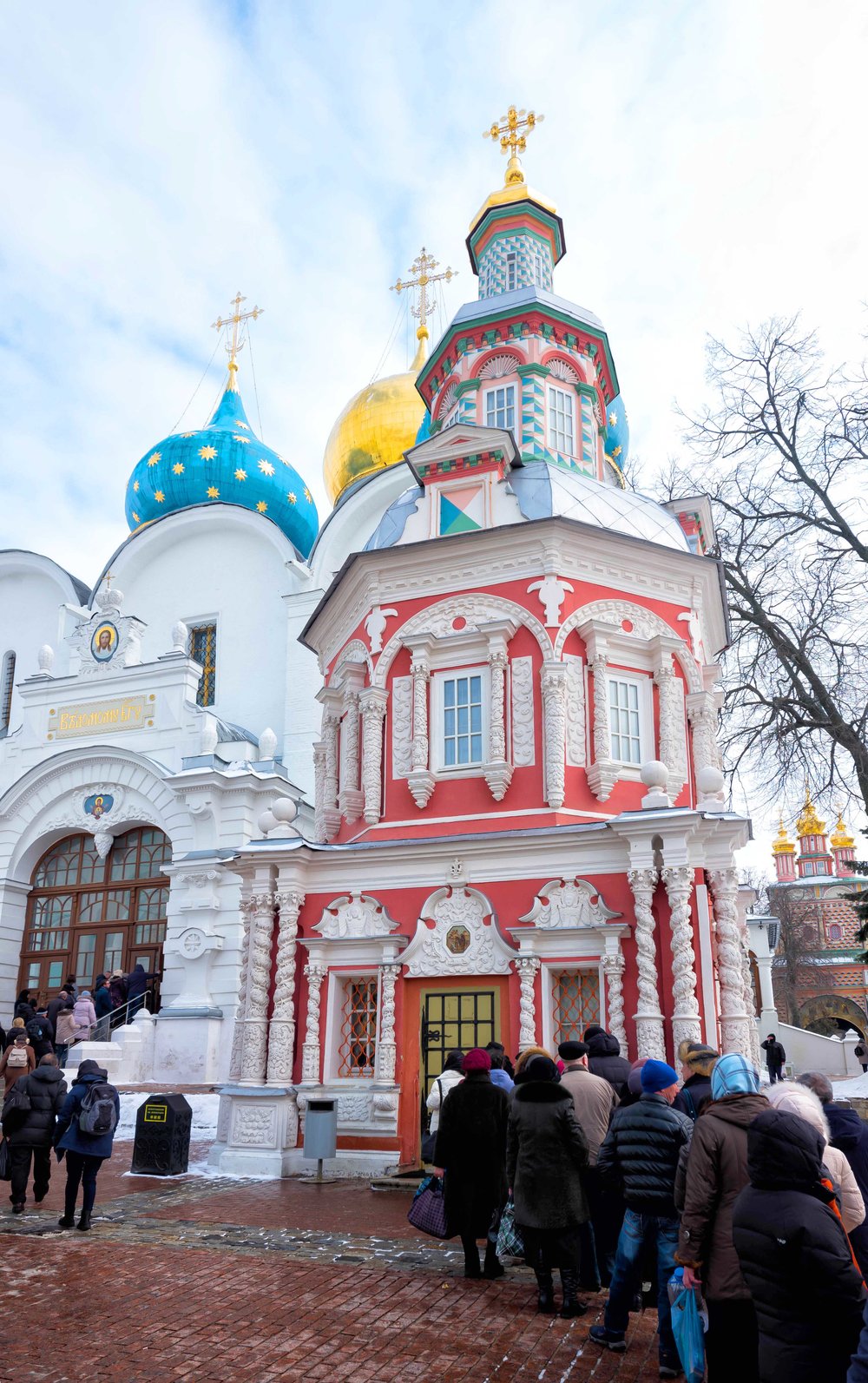
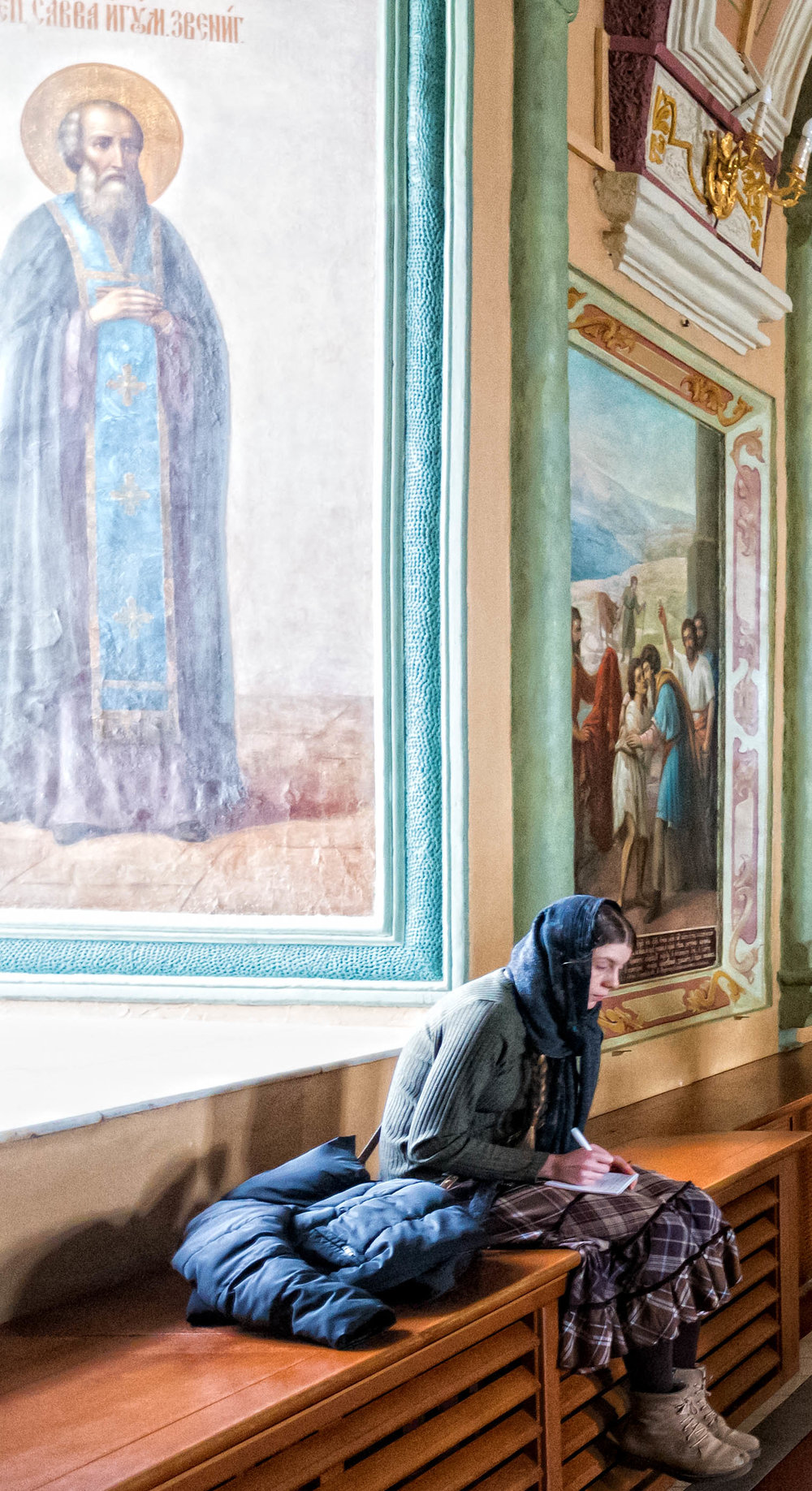
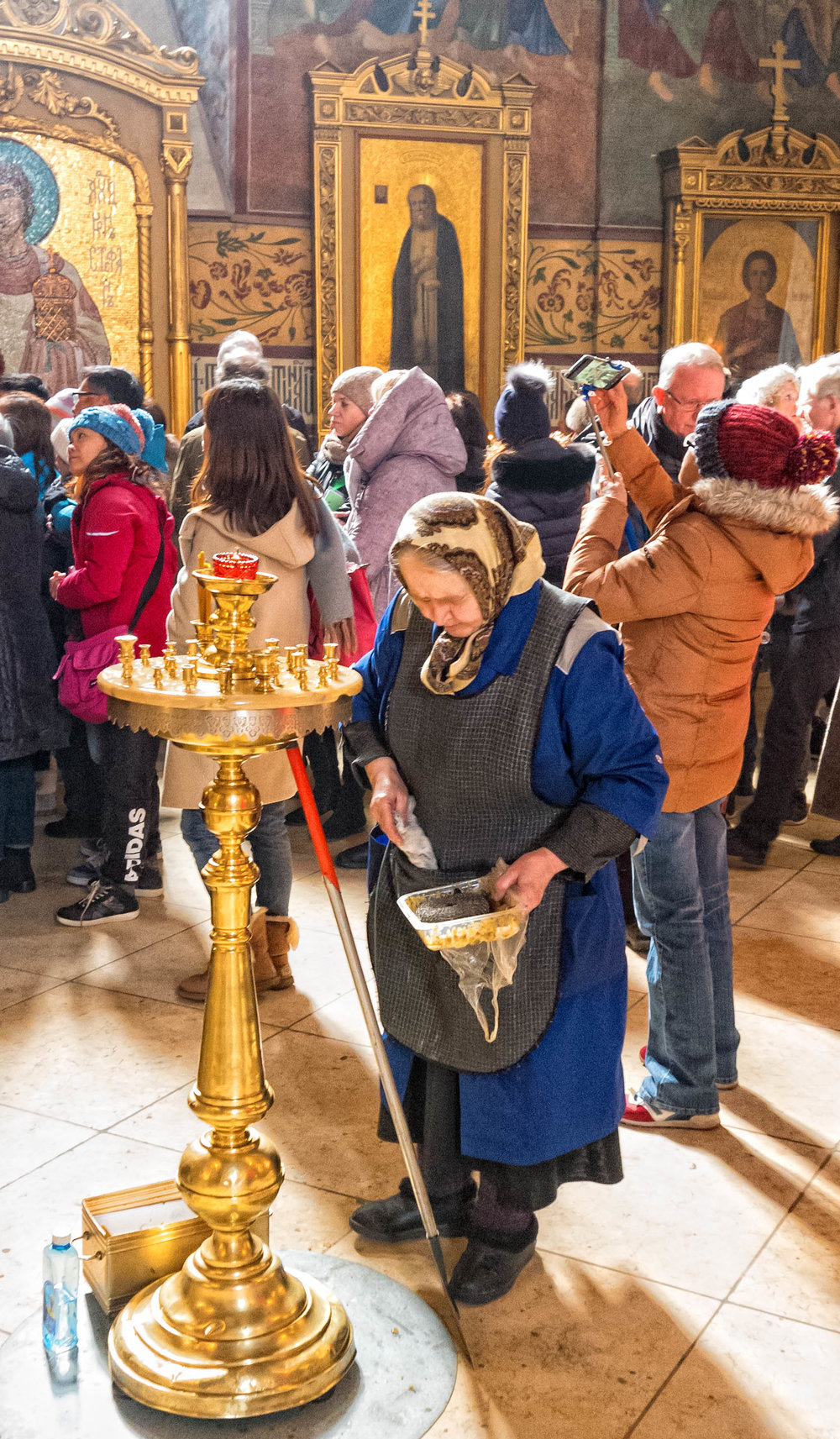
Tour of Moscow
On our fourth day we went on a monster tour of various locations around Moscow. After visiting a viewpoint looking over Moscow at the University, we visited Victory Park at Poklonnaya Hill which is a memorial to what is called the Great Patriotic War of 1941 to 1945. One of the most visible features is the 141.8 meter (about 465 ff) tower featuring St George slaying a dragon. This is the coat of arms of Moscow.
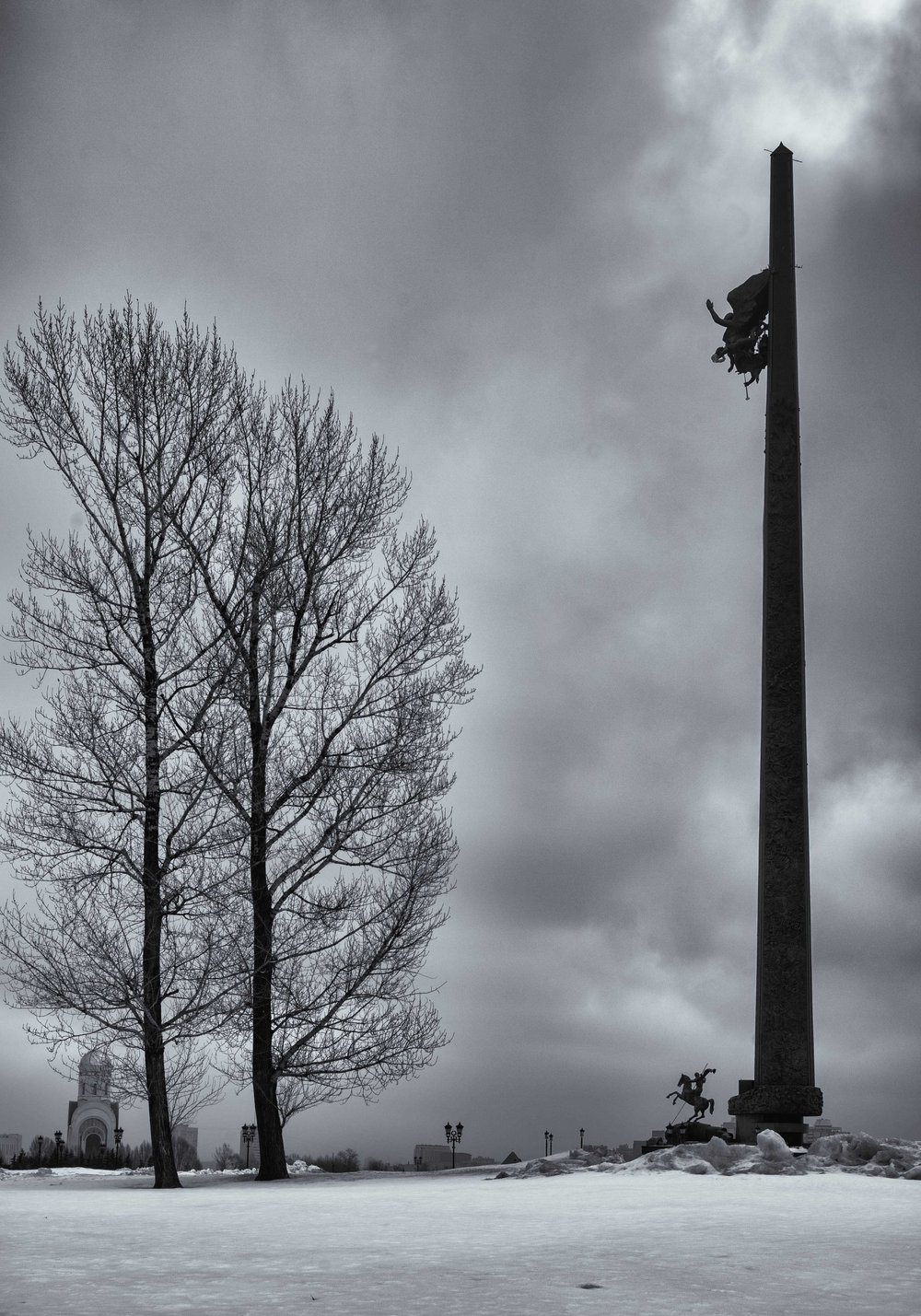
The panel below shows other features of the park , including the massive central building which contains a museum, some extremely youthful soldiers at the eternal flame and the moving holocaust memorial beside a synagogue. The park also features a church and a mosque.
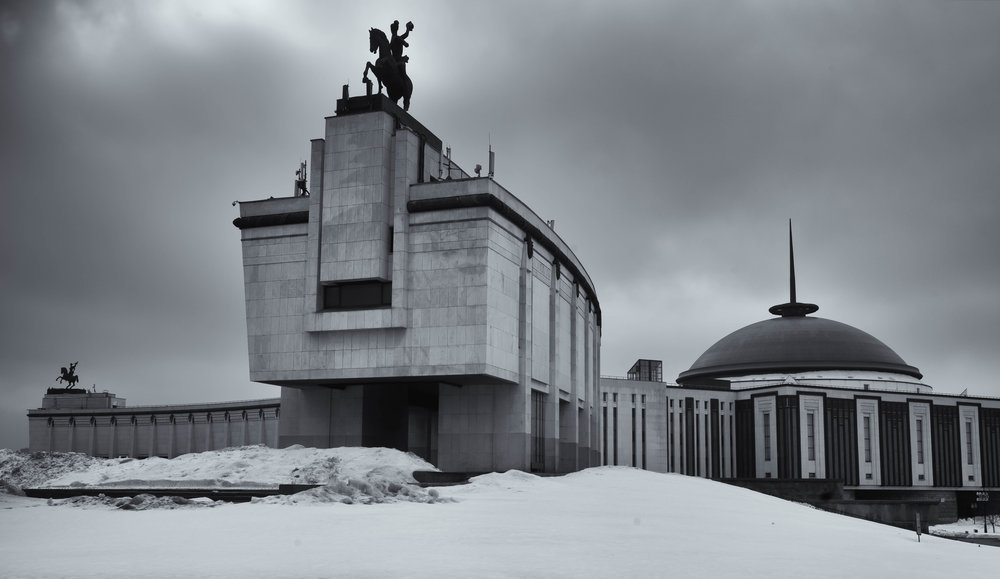
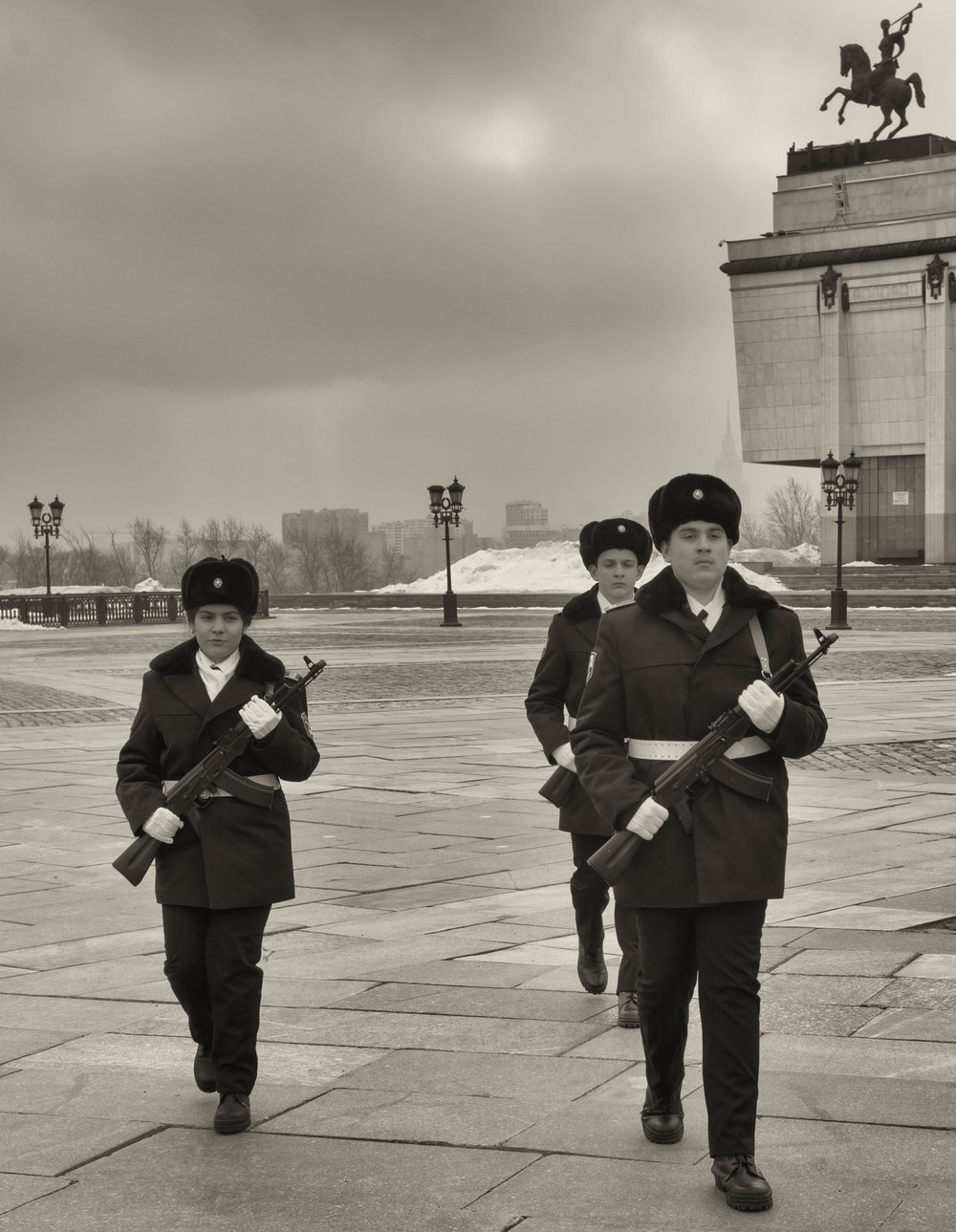
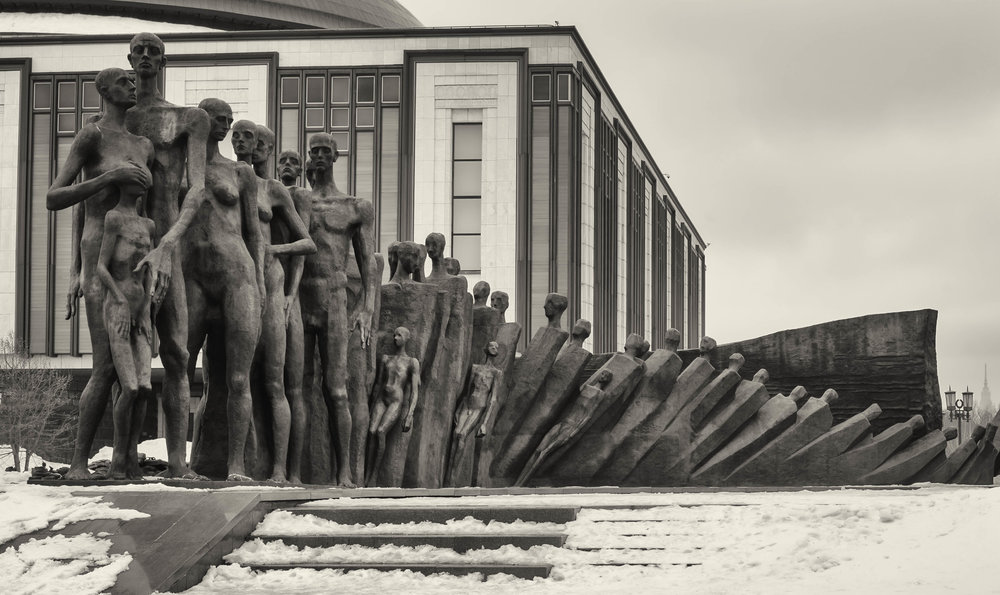
I have processed these photos in black and white and sepia and this suited the mood of the park and, of course, the weather.
Convent and graveyard
We then moved on to a park, covered in snow, to view Novodevichy Convent which was undergoing renovation. We saw a lot of buildings being worked on and the reason given was usually the World Cup later this year. Somehow I doubt that too many football fans will be going to view a convent this summer. In the park we also saw this group of duck statues which had been presented to Raisa Gorbachev by Barbara Bush when she was First Lady in the US. These were presented as a gift to the children of Moscow.
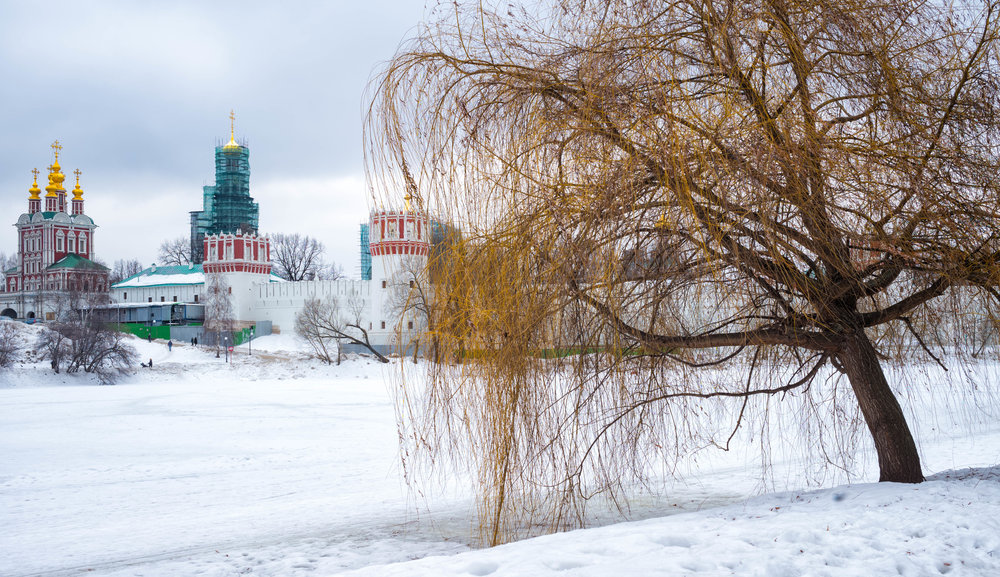
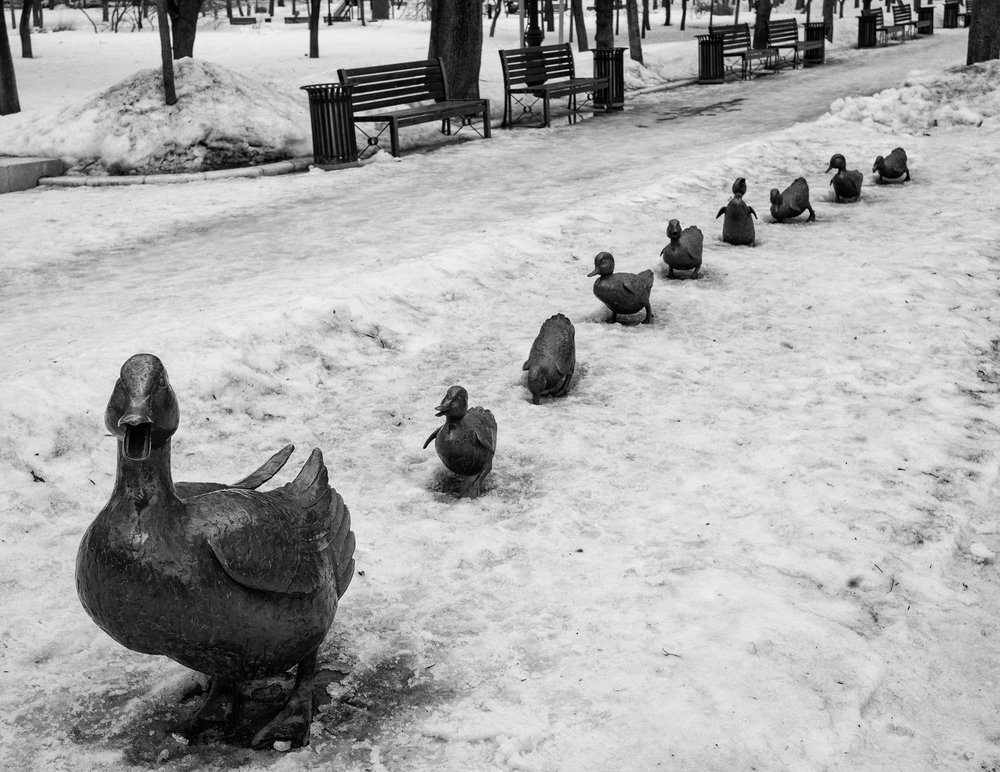
Beside Novodevichy Convent was Novodevichy Cemetery where Russia’s great and good are interred.
One of the first graves we visited was that of former President Nikita Khrushchev, someone who we feared a lot when I was a child. It seemed strange to stand in front of his grave now and look at his smiling visage. It was like a sort of exorcism. One feature to note is the tiny crucifix on the top right of the grave stone just opposite Khrushchev’s face. Apparently, nobody knows who put it there.
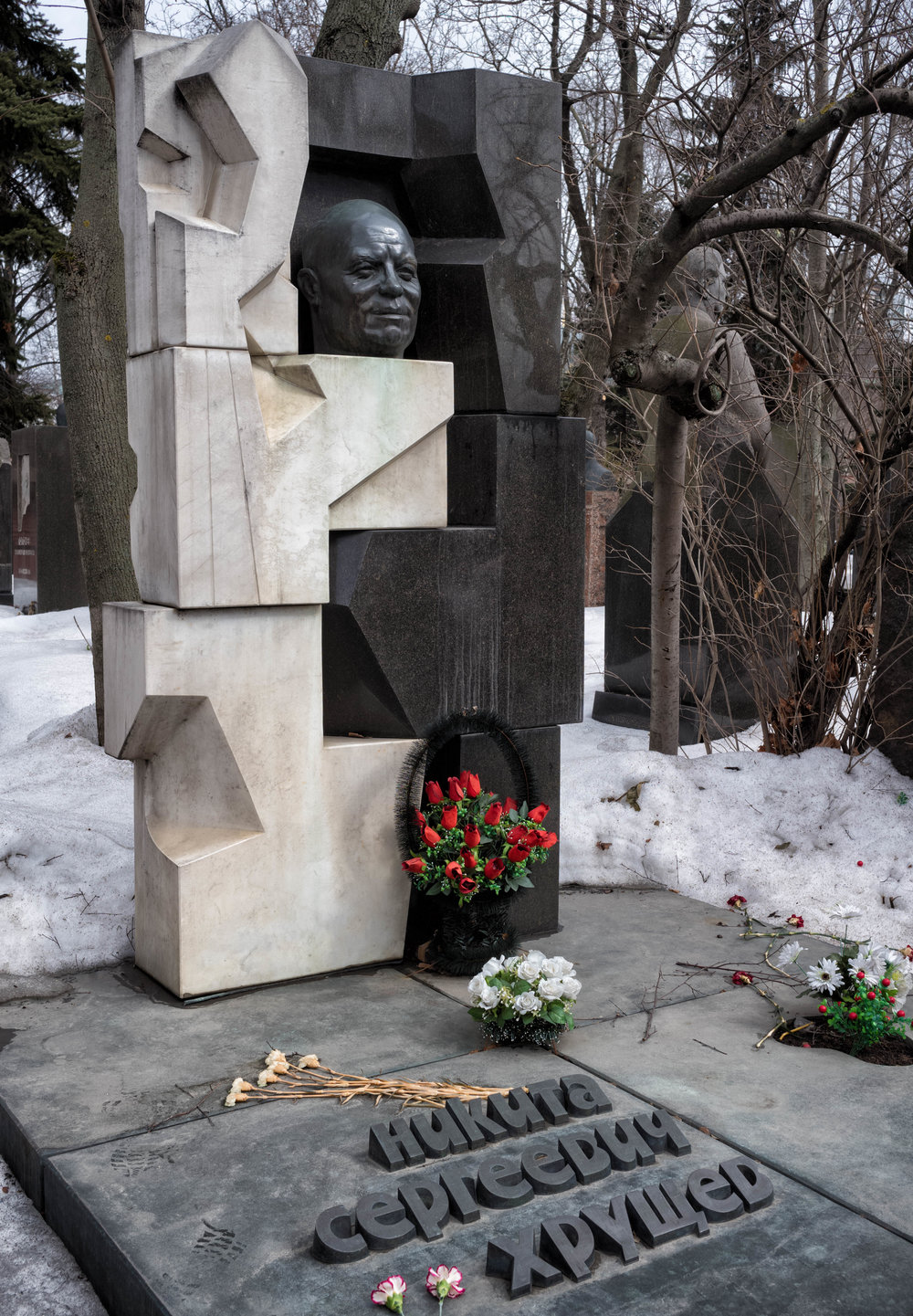
As well as politicians and soldiers, the graveyard also features artists (writers, poets, painters, sculptors and composers), aircraft designers and entertainers. Below from left to right are the graves of playwright Anton Chekhov, aircraft designer Tupolev (Ilyushin and Mikoyan were also there) and an actor whose name I cannot remember, but I thought that the flower in his hand was very nice as well as his ‘Buster Keaton’ hat.
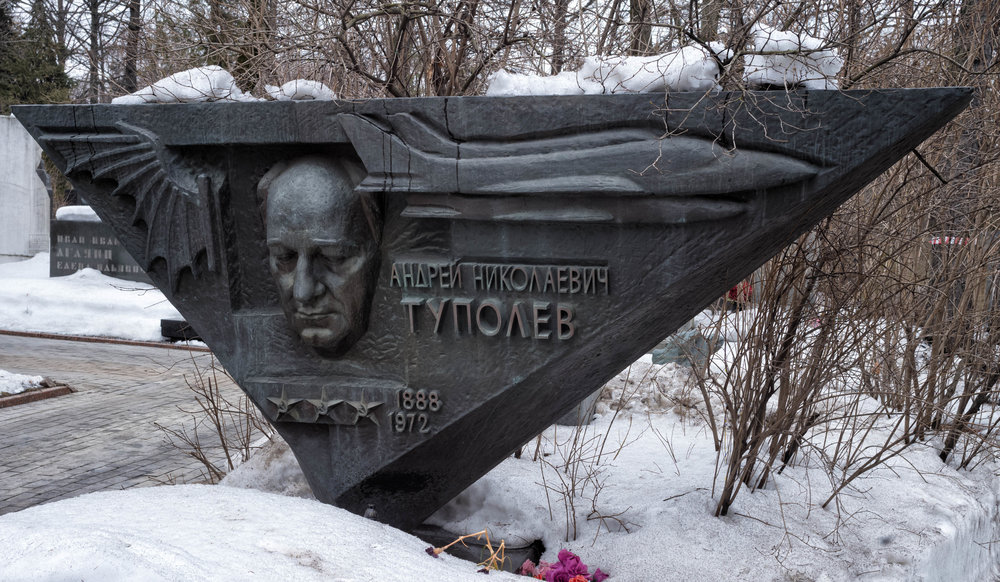
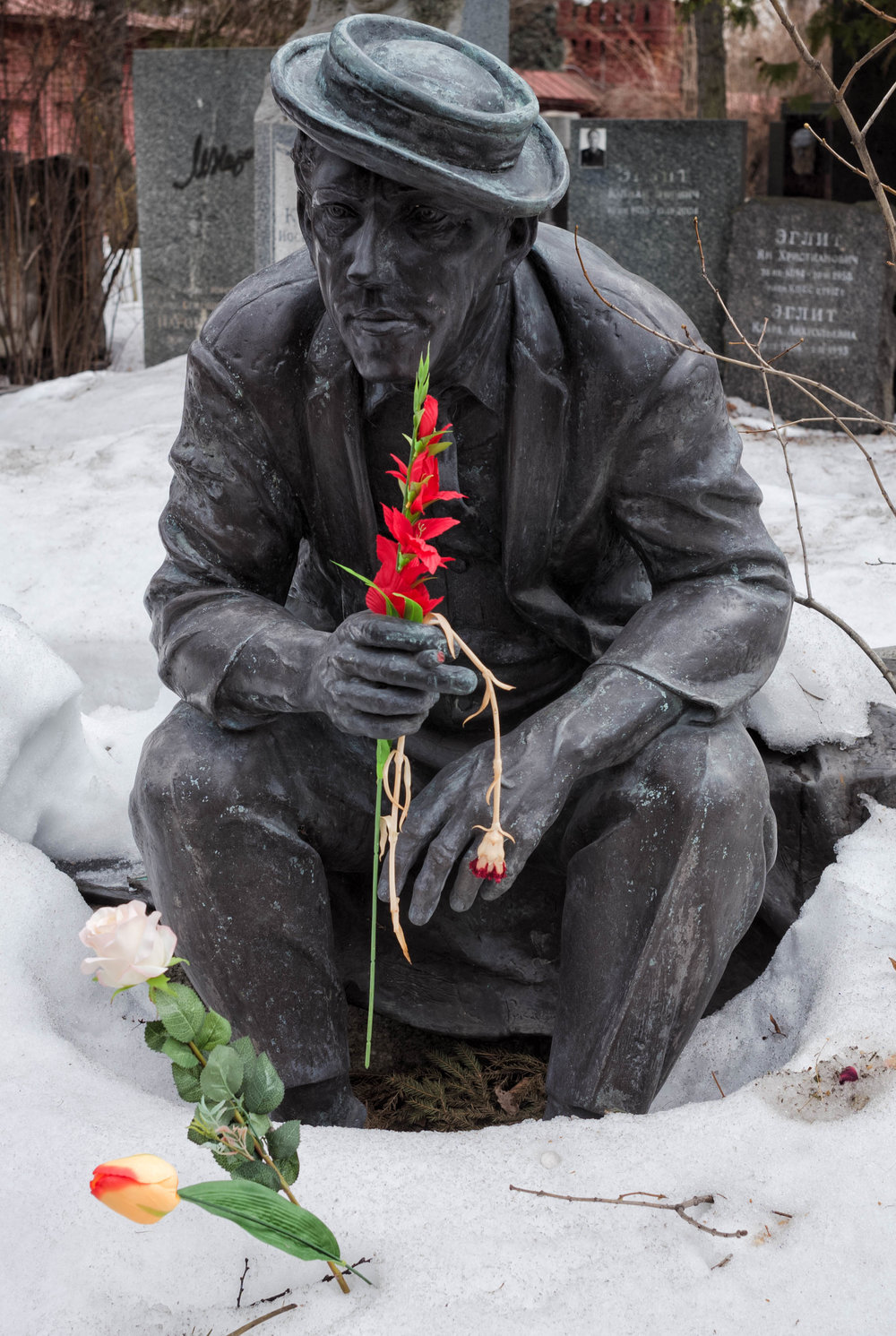
The Kremlin
After lunch it was time for the Kremlin. By this time it was beginning to get cold and dark and there was considerable security at the entrance booth. In addition movement and photography (no indoors shooting) were restricted. I have decided to just show a panel to represent the Kremlin. Going from left to right we can see the entrance gate with the State Kremlin Palace with a hall for meetings on the left and the Arsenal building on the right. The next photo is supposed to show where Mr Putin’s office is, but I believe that this is part of the Senate building and that the President’s office is somewhere behind this. The large 40 tonne Tsar Cannon was made in 1586 , but it has never been fired and the cannon balls shown are too large for its bore. Finally there is Annunciation Cathedral with lovely icons, one of many churches which we visited, but photography inside was totally prohibited.
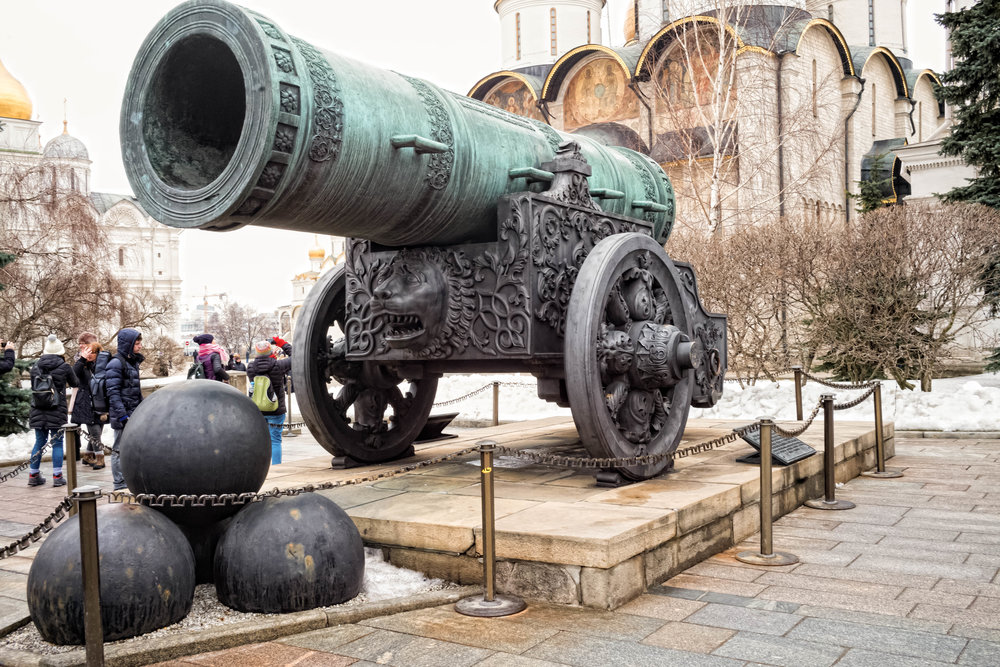
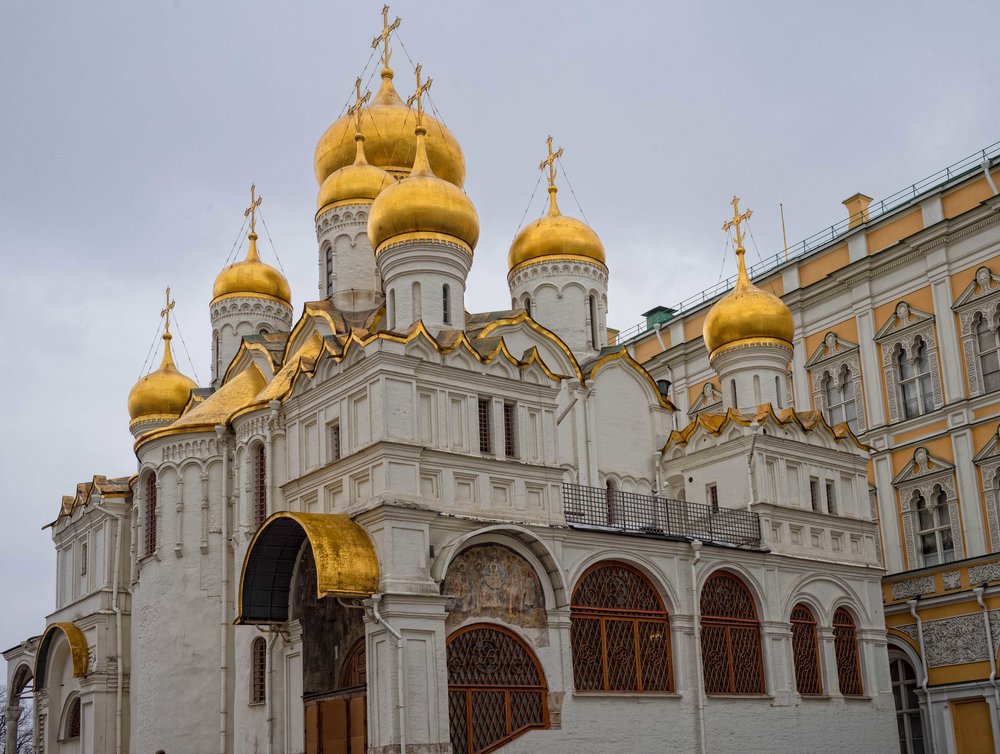
Train ride
The following day we took a journey of around 700 km to St Petersburg, but the very comfortable train was capable of about 220 kph and there were only two stops, so we made the journey in about four hours. I took some photos from the train with a compact camera and a few of them came out OK. Below on the left is a frozen river with tyre tracks on it and on the right is another river flowing through an extensive forest.
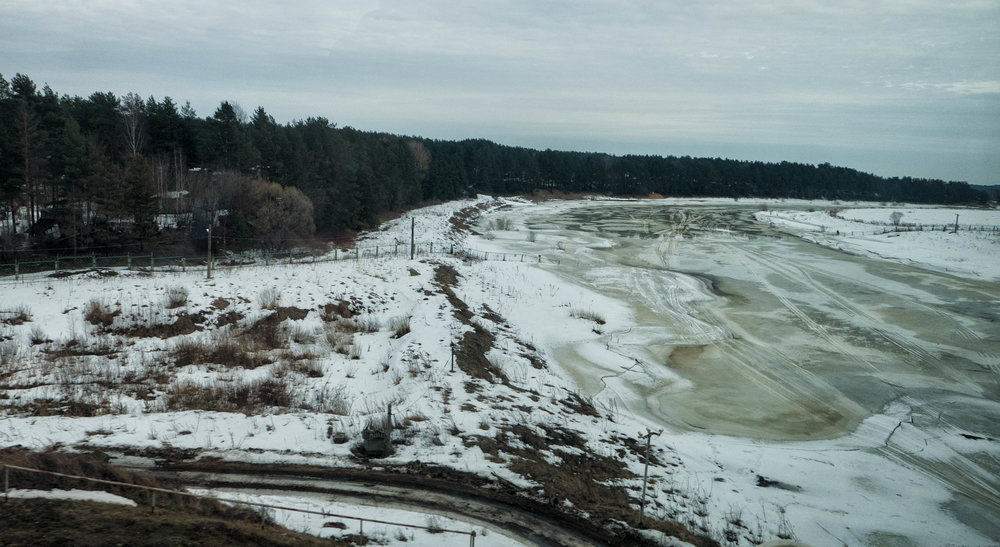
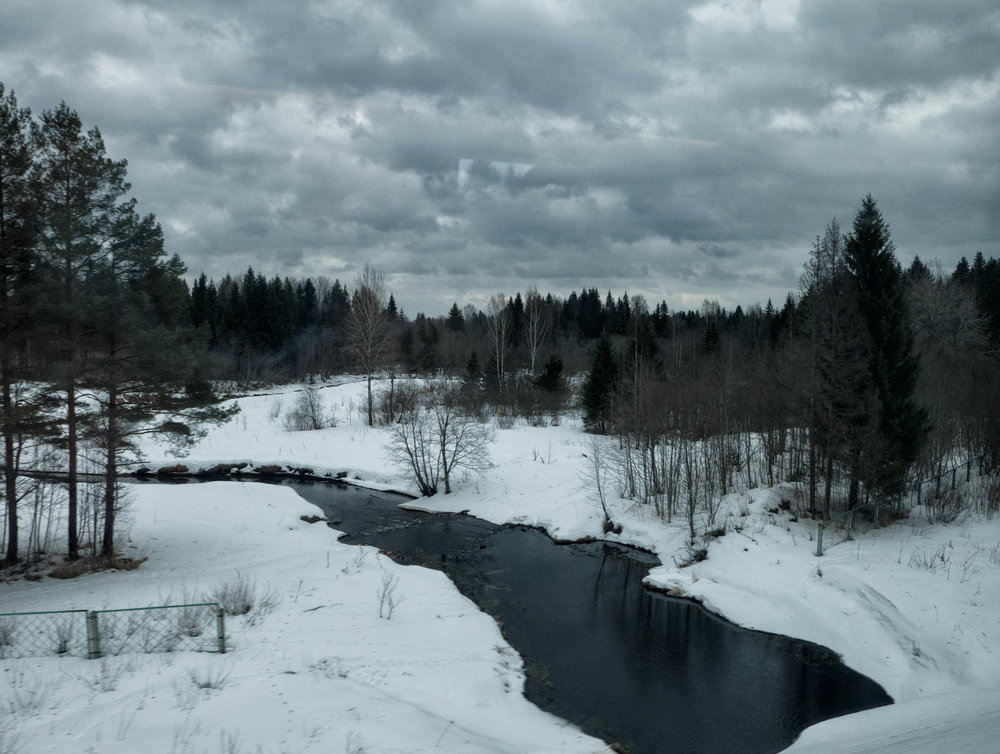
St Petersburg
When we got to St Petersburg, it appeared that a thaw was setting in, but it snowed overnight. Touring the city the following day it was obvious that winter still had a hold and the rivers and waterways were still frozen. I like this fleeting shot taken from a bus of a lone figure crossing a bridge over frozen water.
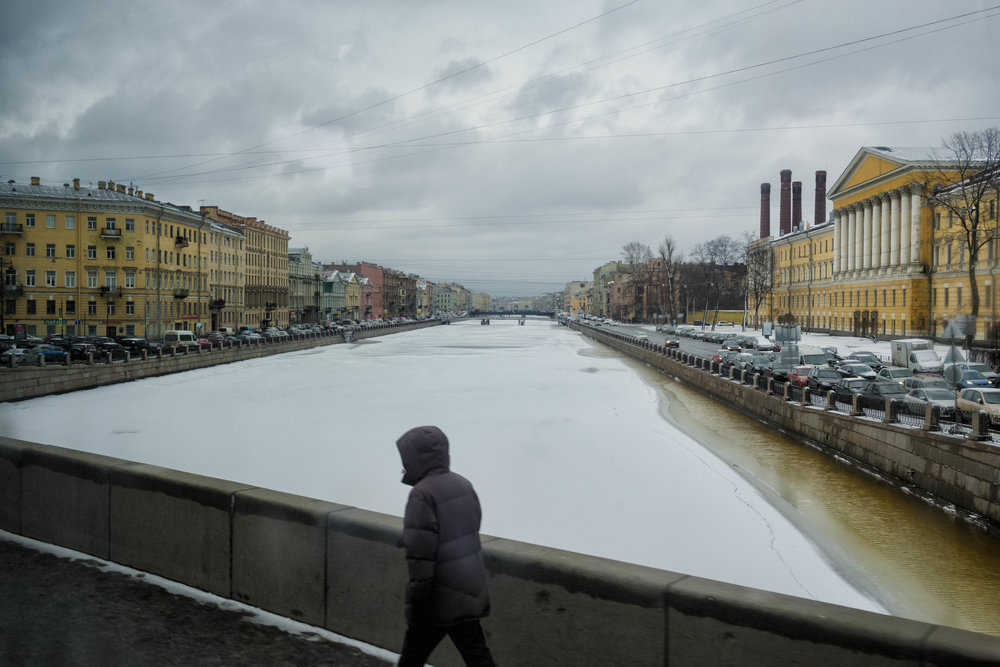
We stopped on an area between two bridges over the frozen Neva River called the ‘Spit’ or Strelka. The light and the frozen river combined to give the same type of effect that is often seen in old Dutch paintings of frozen canals. Those paintings often featured skaters, but the nearest I could get to that was a group from our tour gingerly making their way down a slippery slope. A few moments after this was taken, a local workman came charging up the path without warning on a little tractor to clear away the ice and snow on the path . He was lucky that he did not manage to collect a few tourists as went on his way. The photo on the right below is one of my favourites from the trip as it really captures the light and the location.
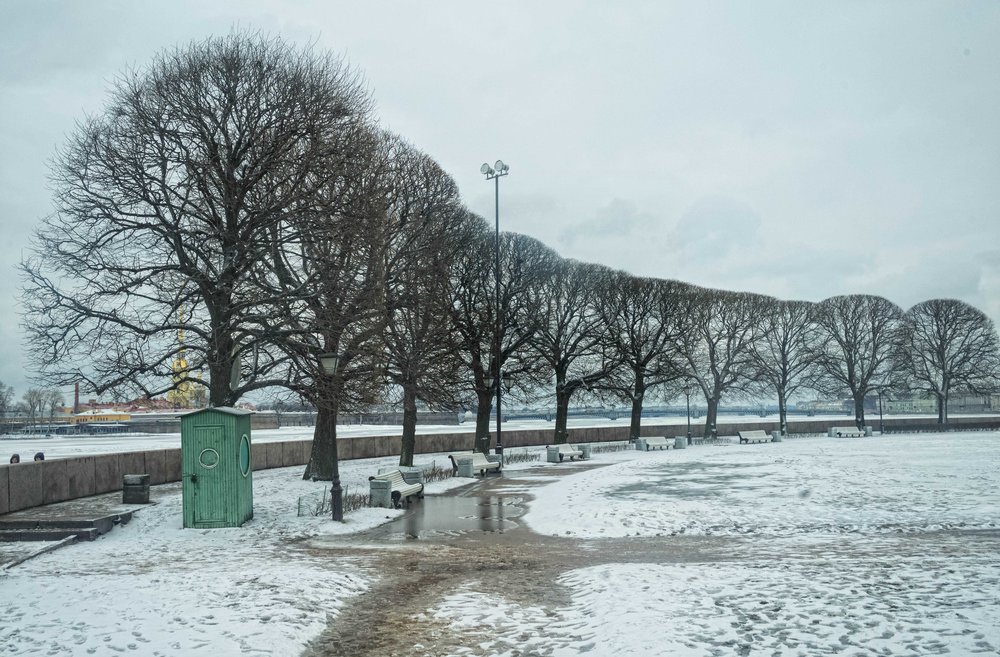
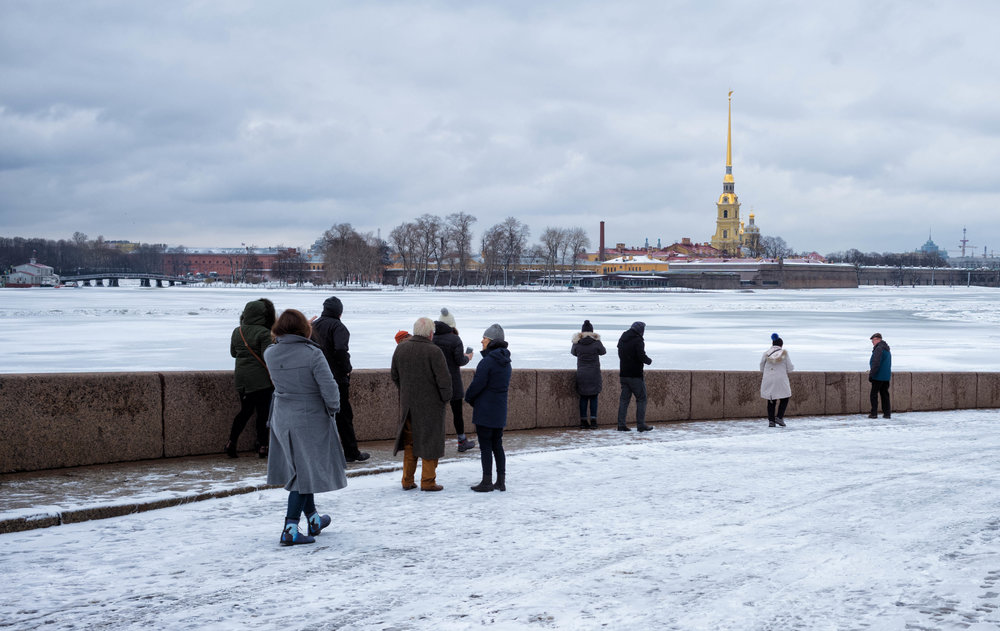
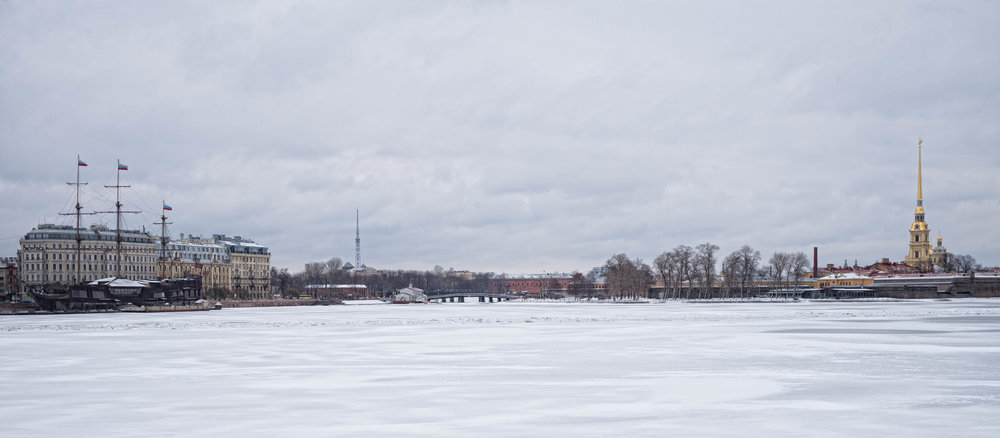
The church steeple in the photo on the right above is that of the Peter and Paul Cathedral in the Peter and Paul Fortress which is on an island in the Neva River. We visited the Cathedral which featured the now familiar golden altars and wonderful ceiling decoration. The spire is 122.5 m (about 402 ft) high.
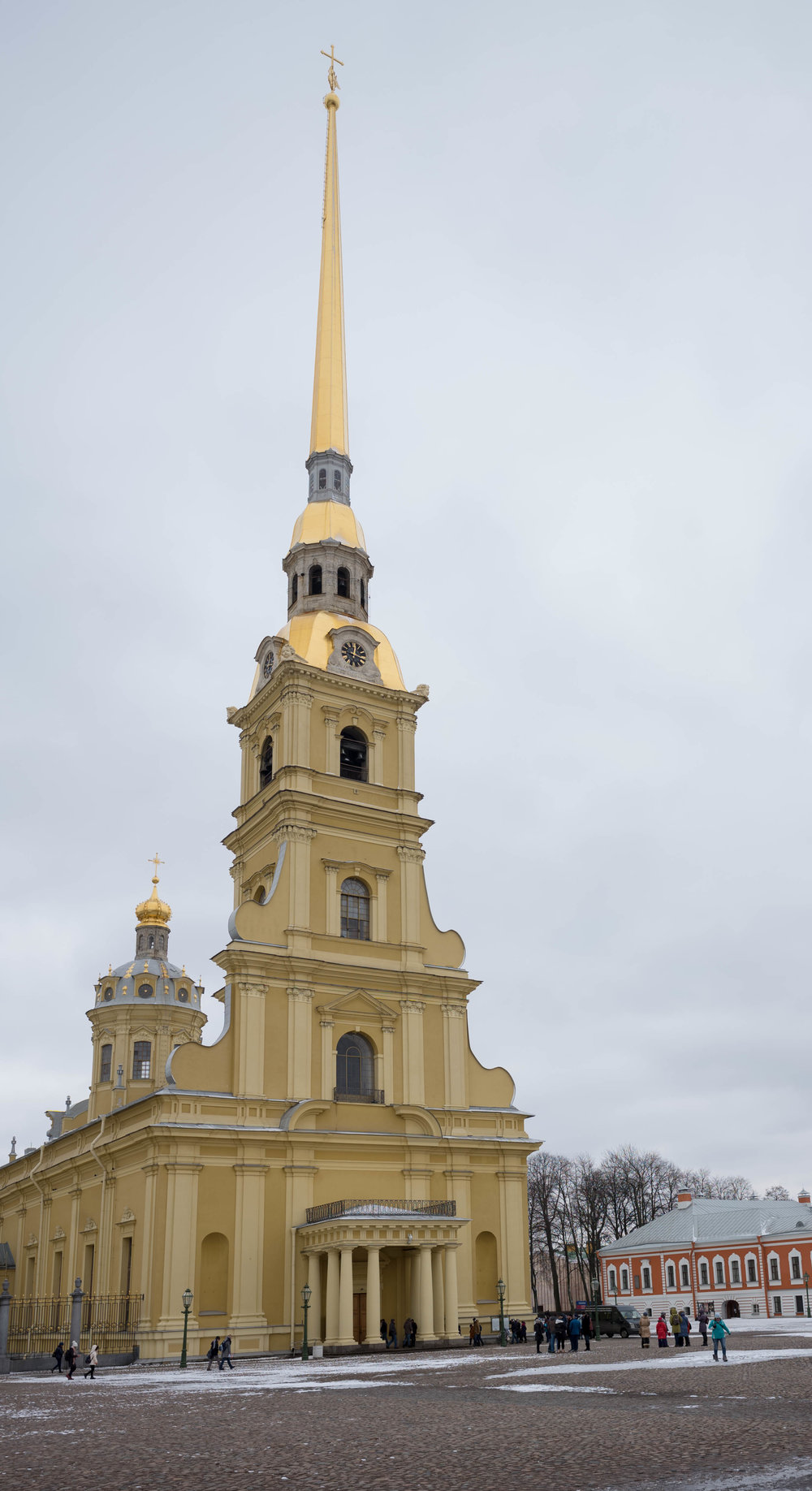
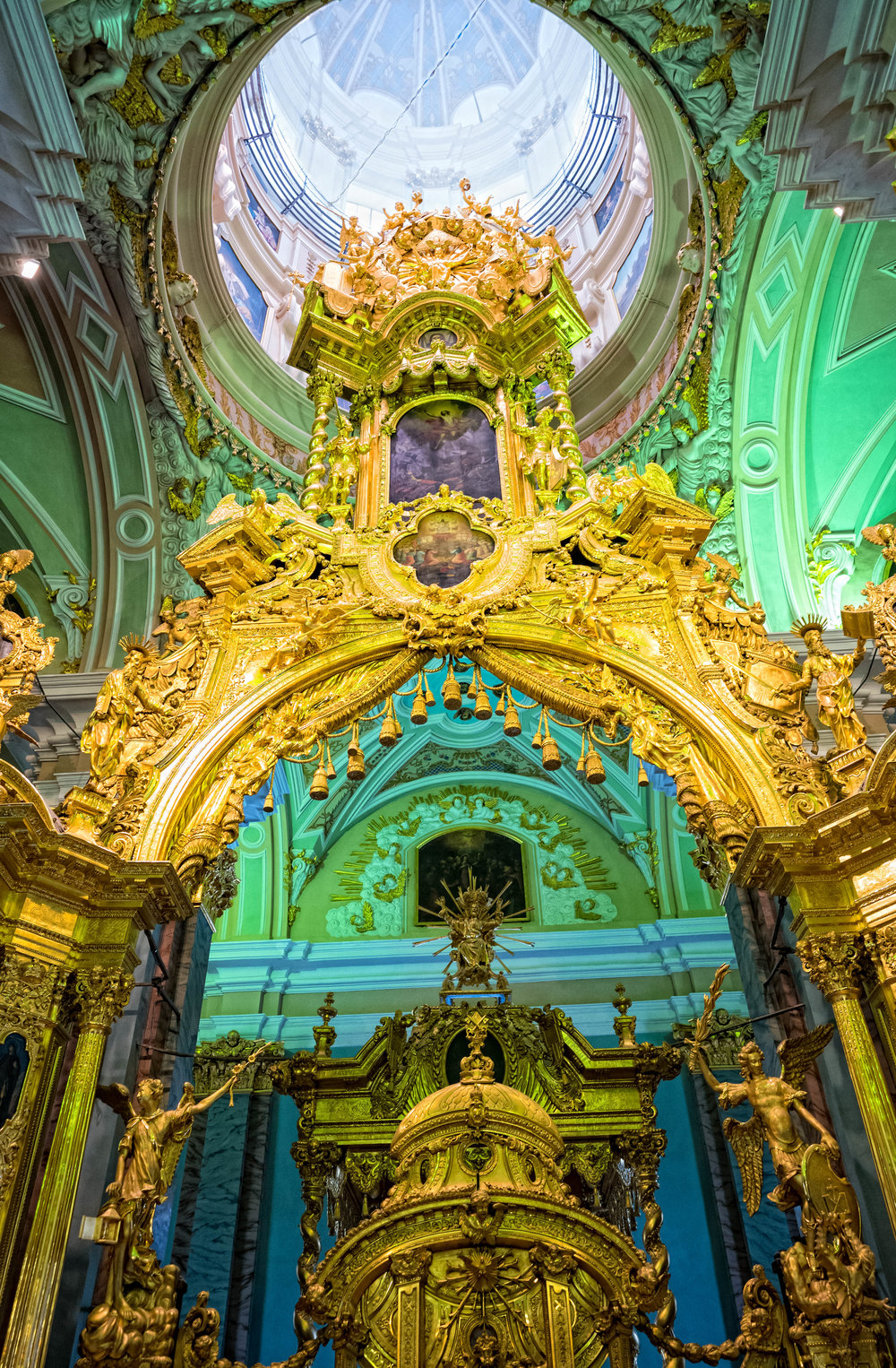
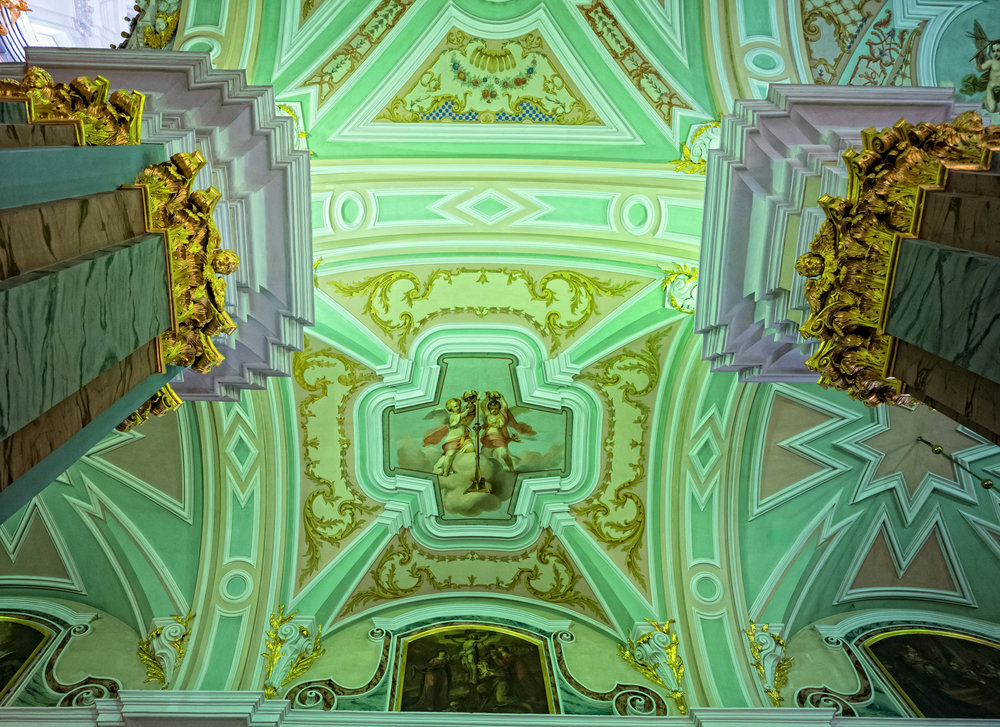
We saw the tombs of Peter the Great and other pre-revolutionary rulers, but the best feature of this visit was the singing of a male quartet who sang a hymn in Russian for us after introducing themselves to us in Irish. We were not allowed to photograph them while they were singing, but I managed to get the shot below of two of the group after they had finished.
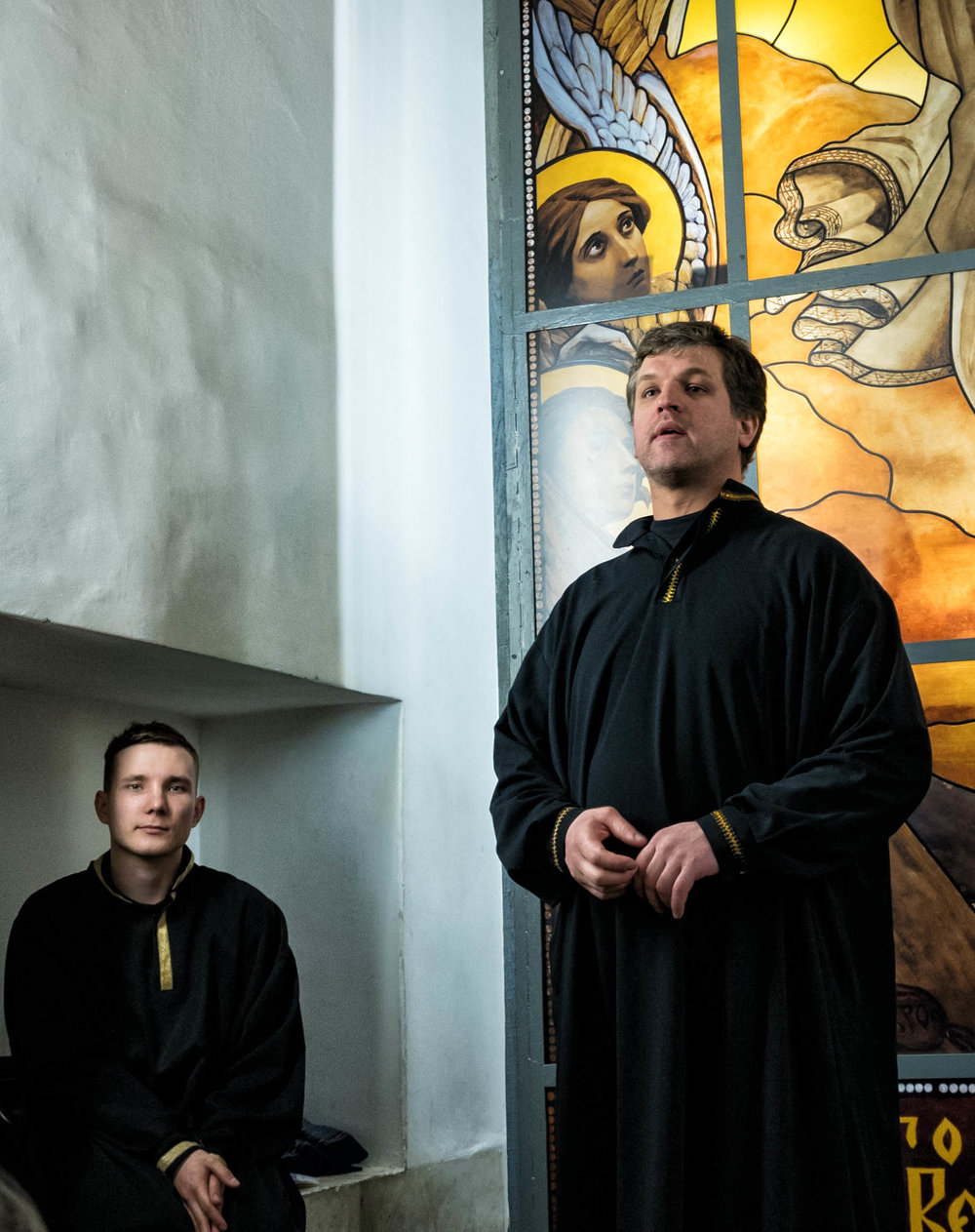
Our next stop was another church of more recent origin, the Church of the Spilled Blood which name references the assassination attempt on Tsar Alexander II in 1881. The church which took 24 years to build was finally consecrated in 1907.
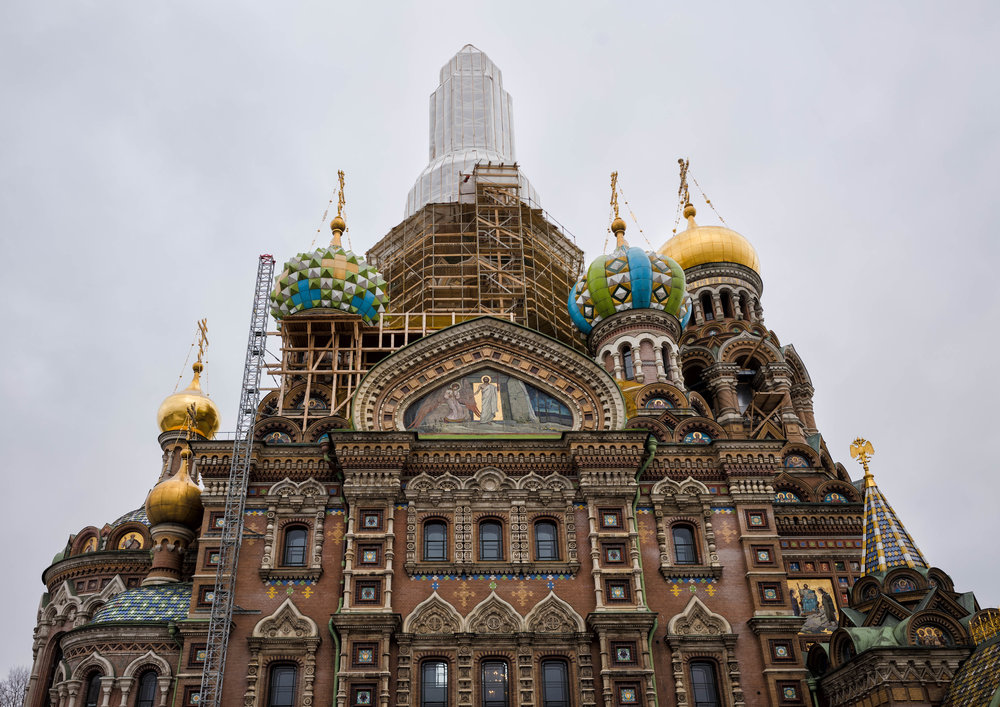
The real gems in this church are the spectacular mosaics on the walls and ceilings. I will just let the following photos speak for themselves.
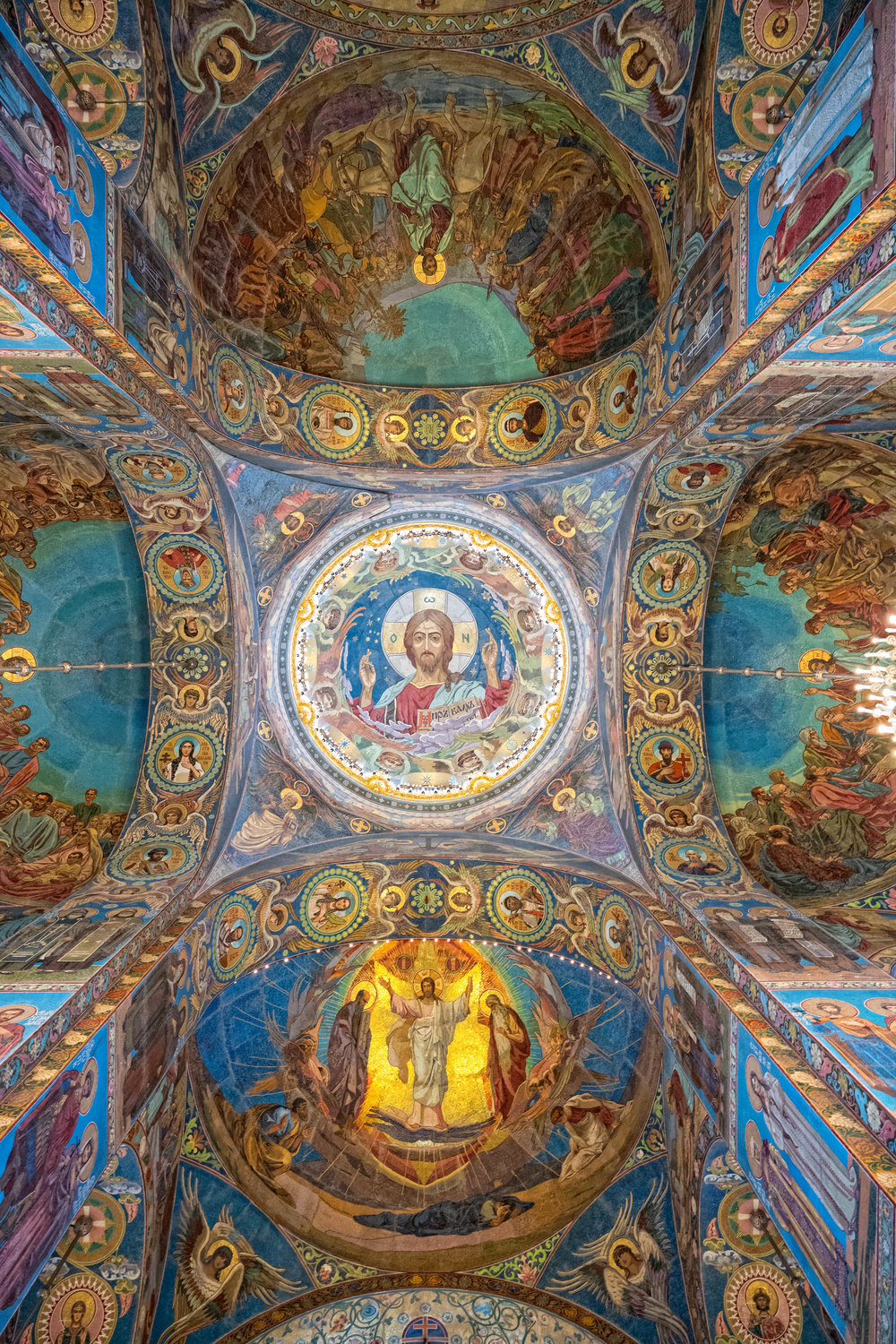
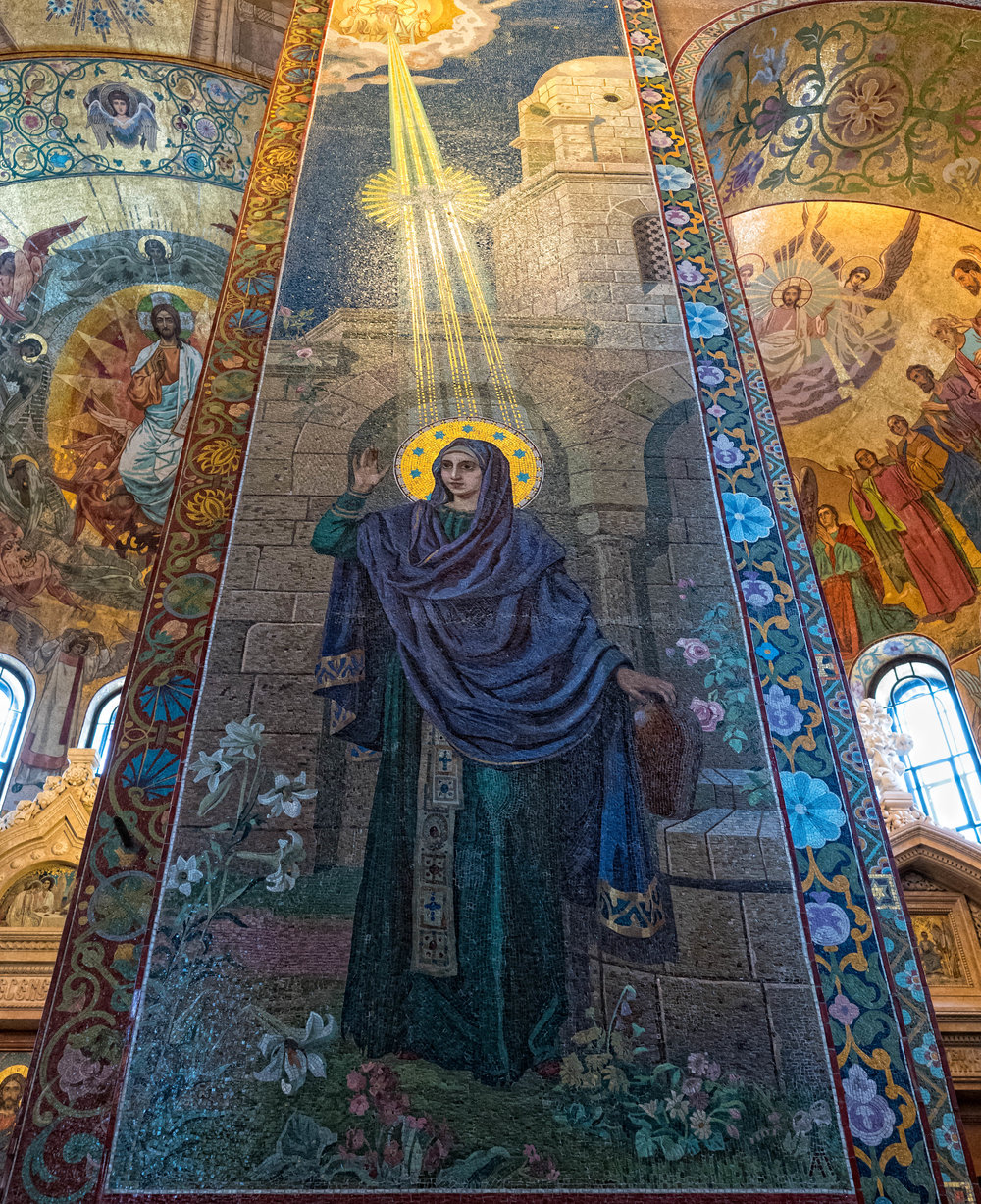
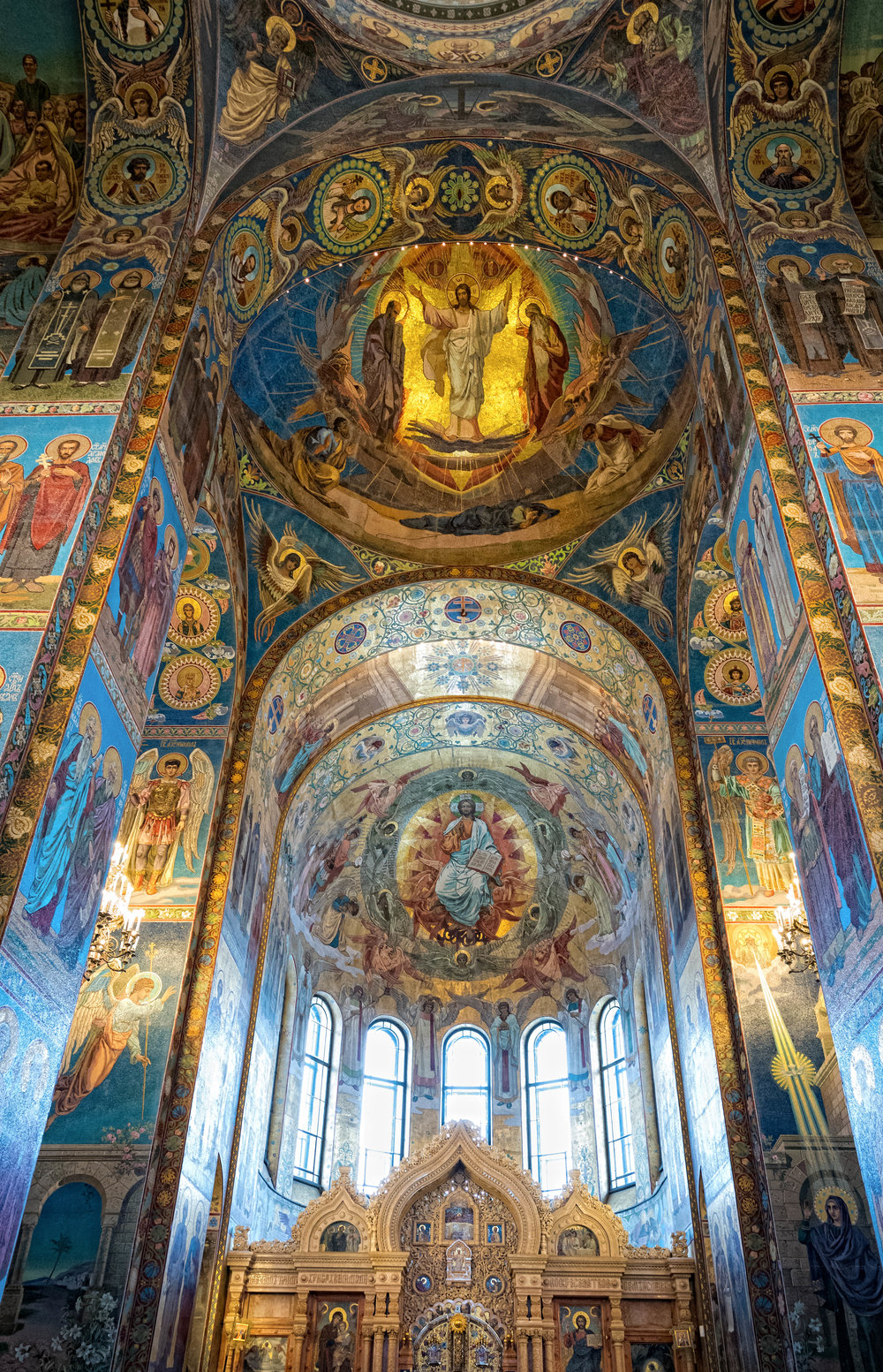
I might add at this point that rules about indoor photography were much more liberal in St Petersburg than in Moscow and you could purchase entry tickets that permitted photography.
Winter Palace/Hermitage
The biggest attraction in St Petersburg is the Winter Palace and Hermitage Museum which is in a massive complex of buildings on the River Neva facing a huge square on the other side. The building was both home and office for the Romanov Tsars, but it also housed their very extensive art collections. It has been said that it would take eleven years to view everything that the buildings contain.
The first thing to be viewed is the magnificent Jordan Staircase, viewed from two different angles below.
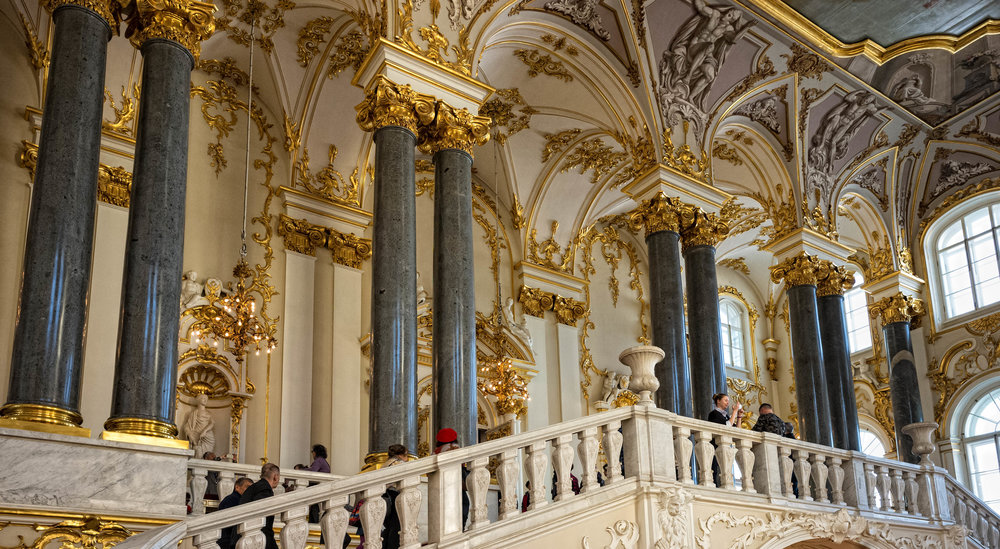
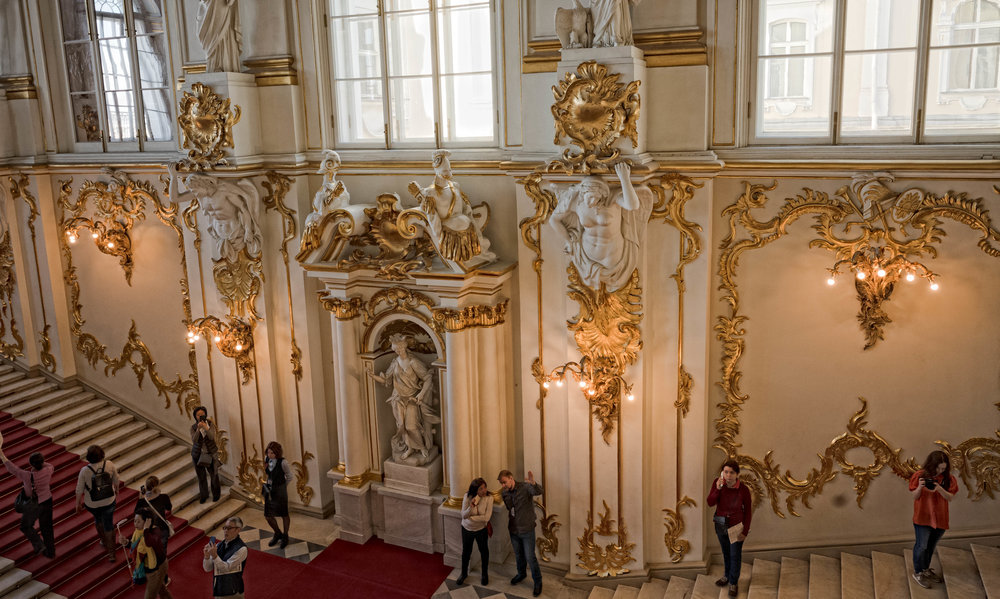
Below, in the ‘Small’ Throne Room is the first of many Romanov thrones which we saw. They were all red and had the two-headed eagle on the seat back.
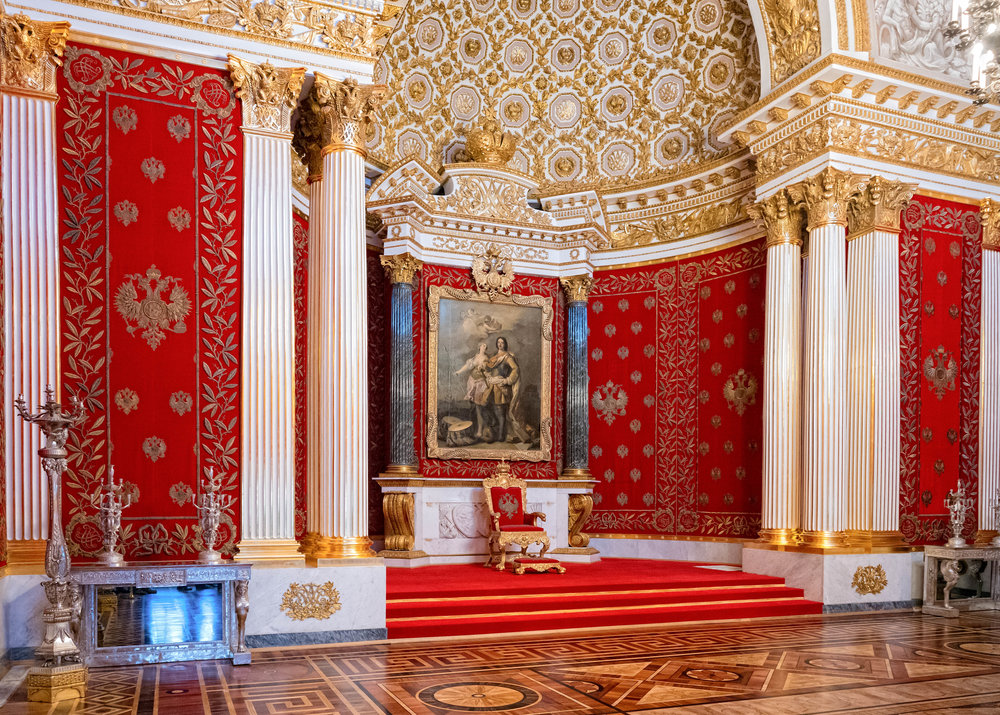
The next area was the Guard Room where we saw the trademark Romanov Gold decoration which appeared to be very well maintained in all of the palaces which we visited.
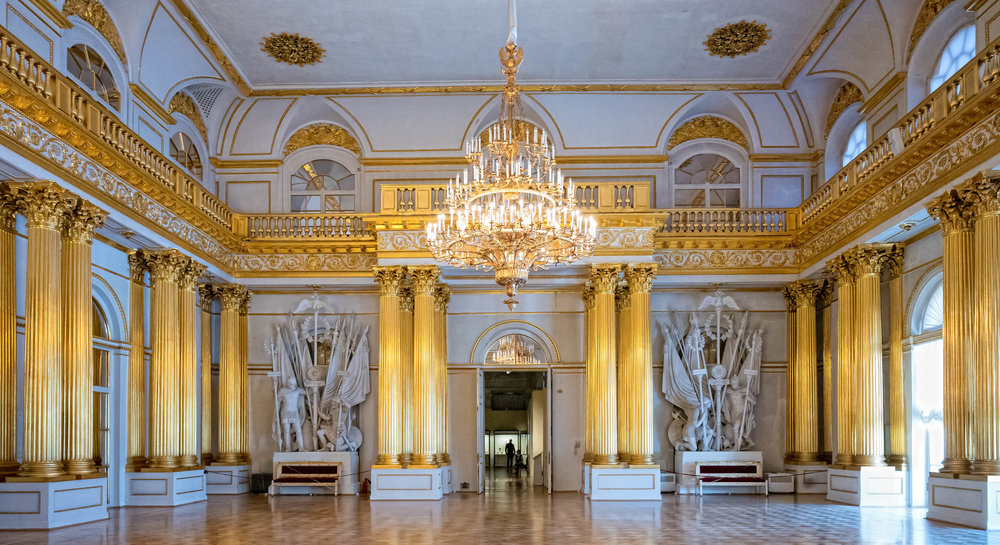
Also in gold was the famous Peacock Clock which was made by English goldsmith and watchmaker James Cox. It was acquired by Grigory Potemkin and presented to Catherine the Great.
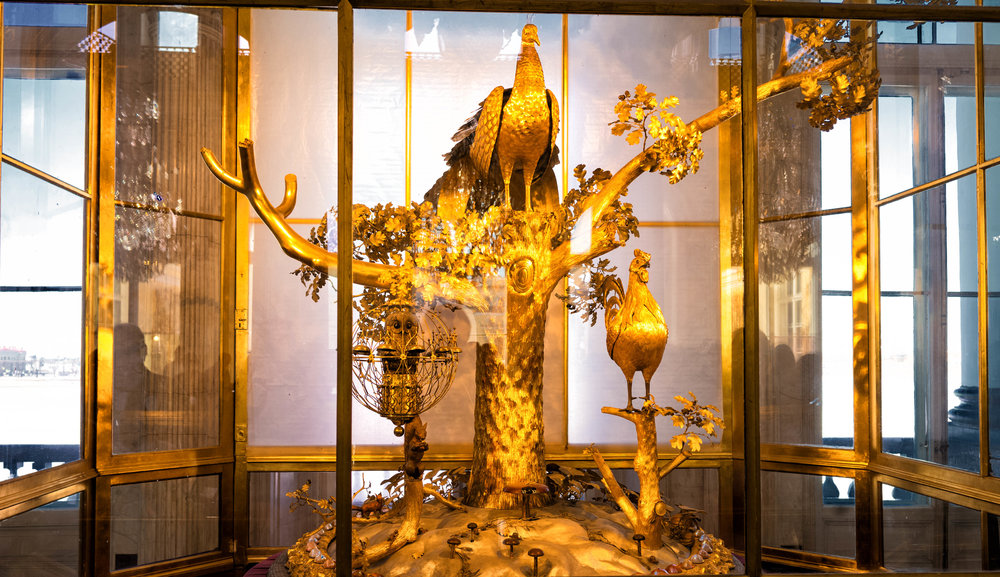
It is only switched on once a day and the following video shows it in action
I took this shot through a Hermitage window (dirty with old glass) to show the frozen Neva River as it must have appeared in times past.
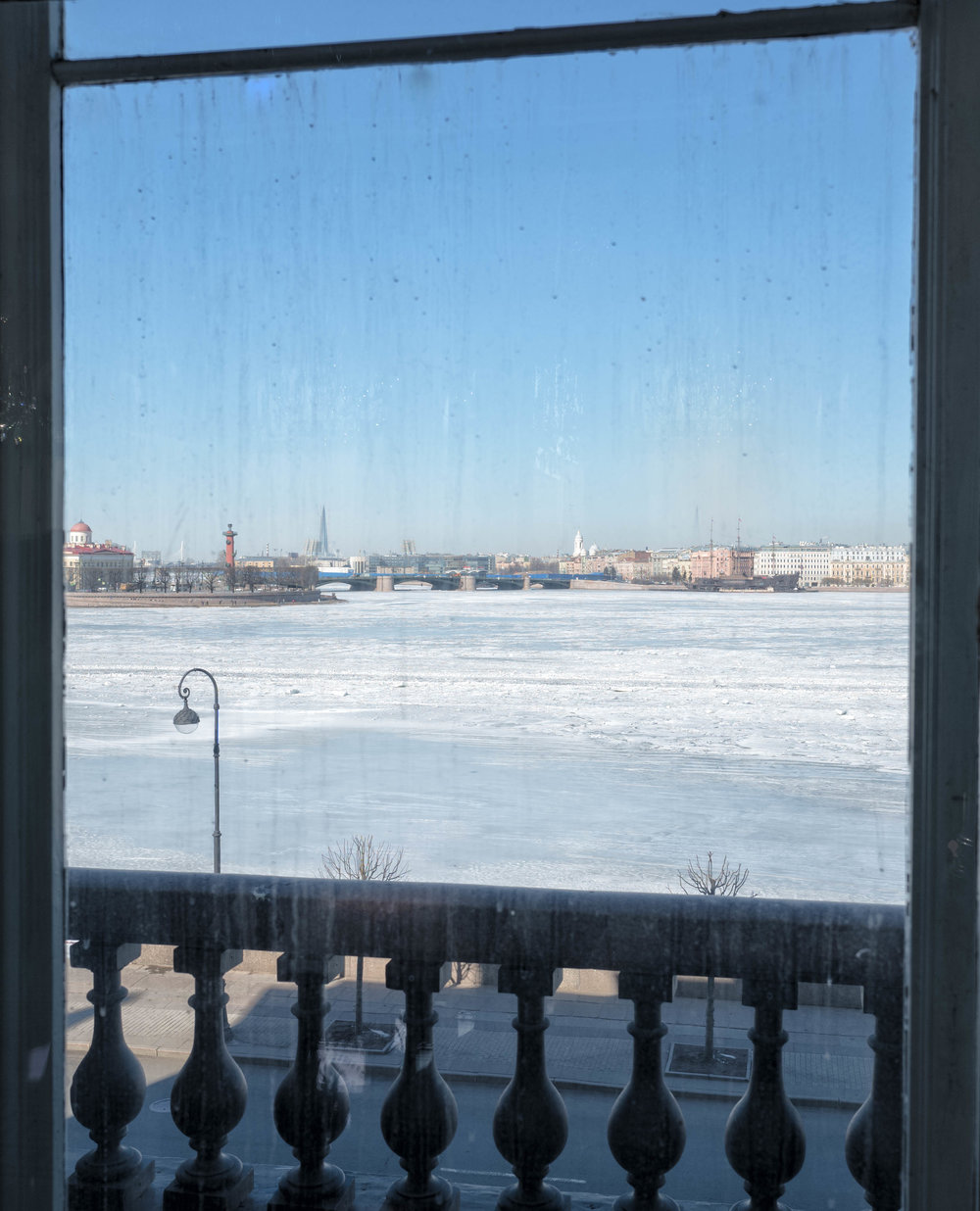
I normally do not take many photos of famous works of art, but in this case a visitor with a suitably themed (for the work of art) hat stood in front of me. This is a lady with a ‘Love Hat’ standing in front of a painting called ‘The Lovers’ by Giulio Romano from 1525.
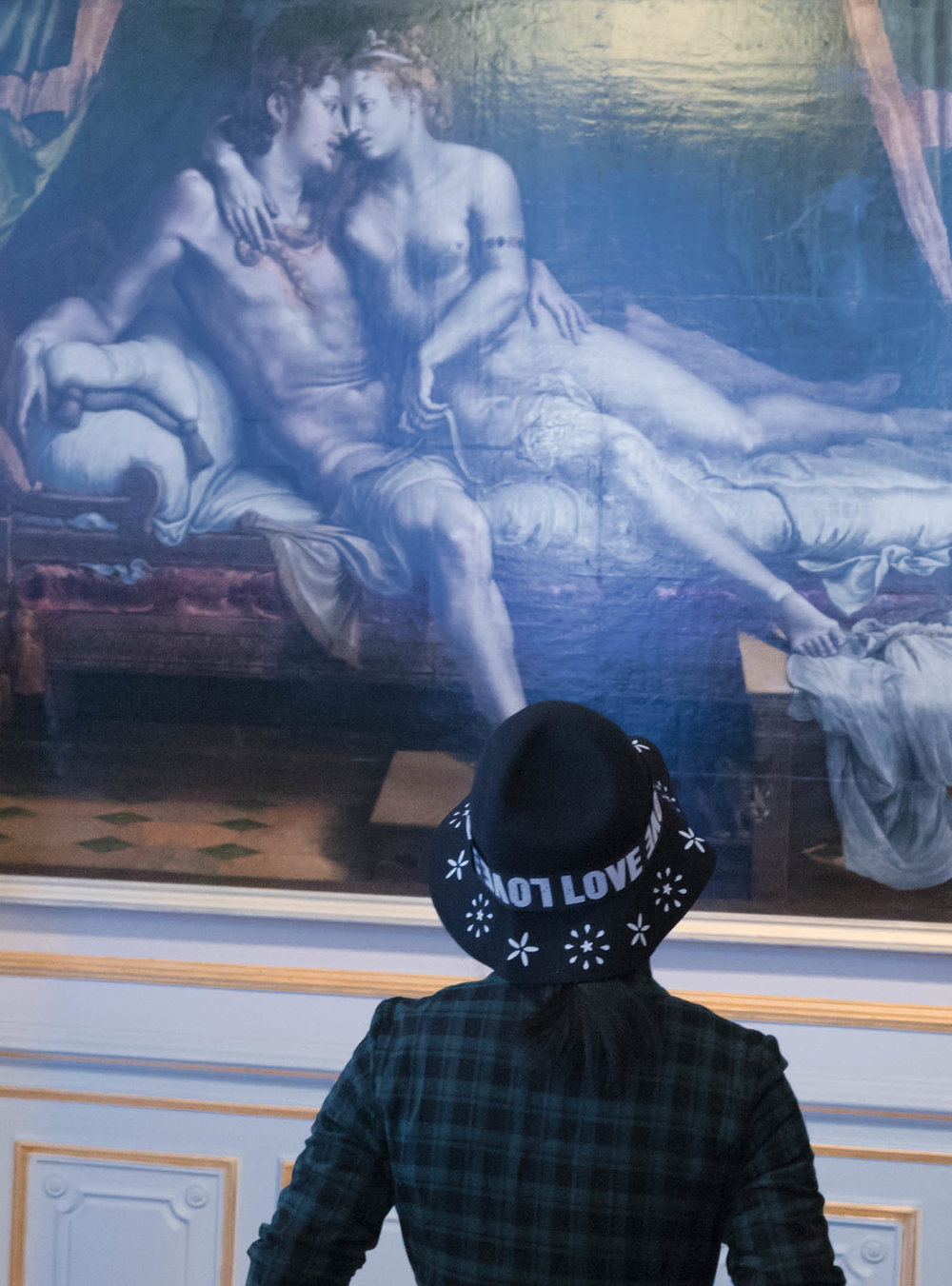
In some cases the art was in the building itself such as in the Raphael Loggias, a copy of loggias in the Papal Palace in the Vatican.
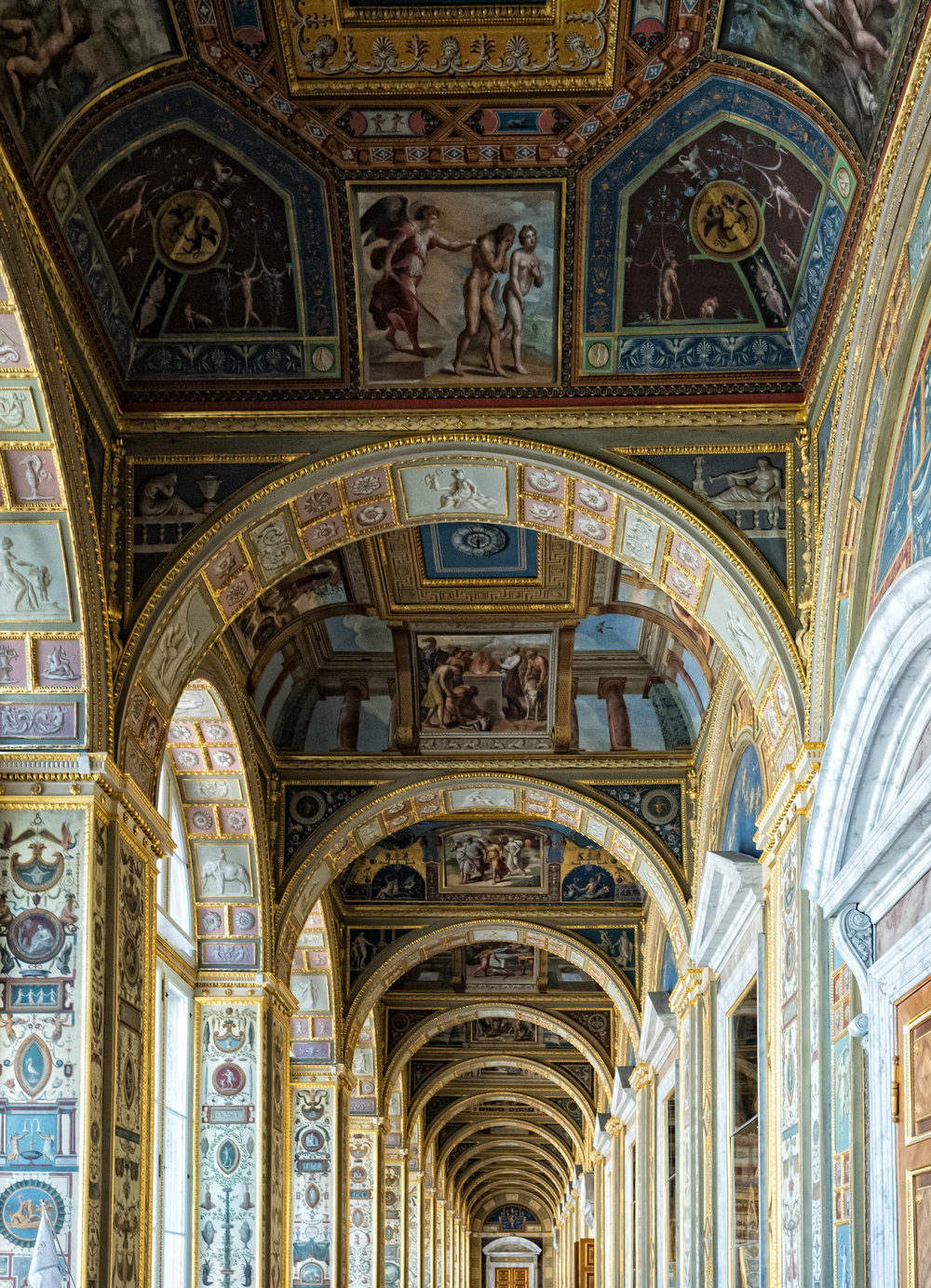
To finish with the art collection, here our guide Anna explains the painting of Danae by Rembrandt in a whole room full of Rembrandts
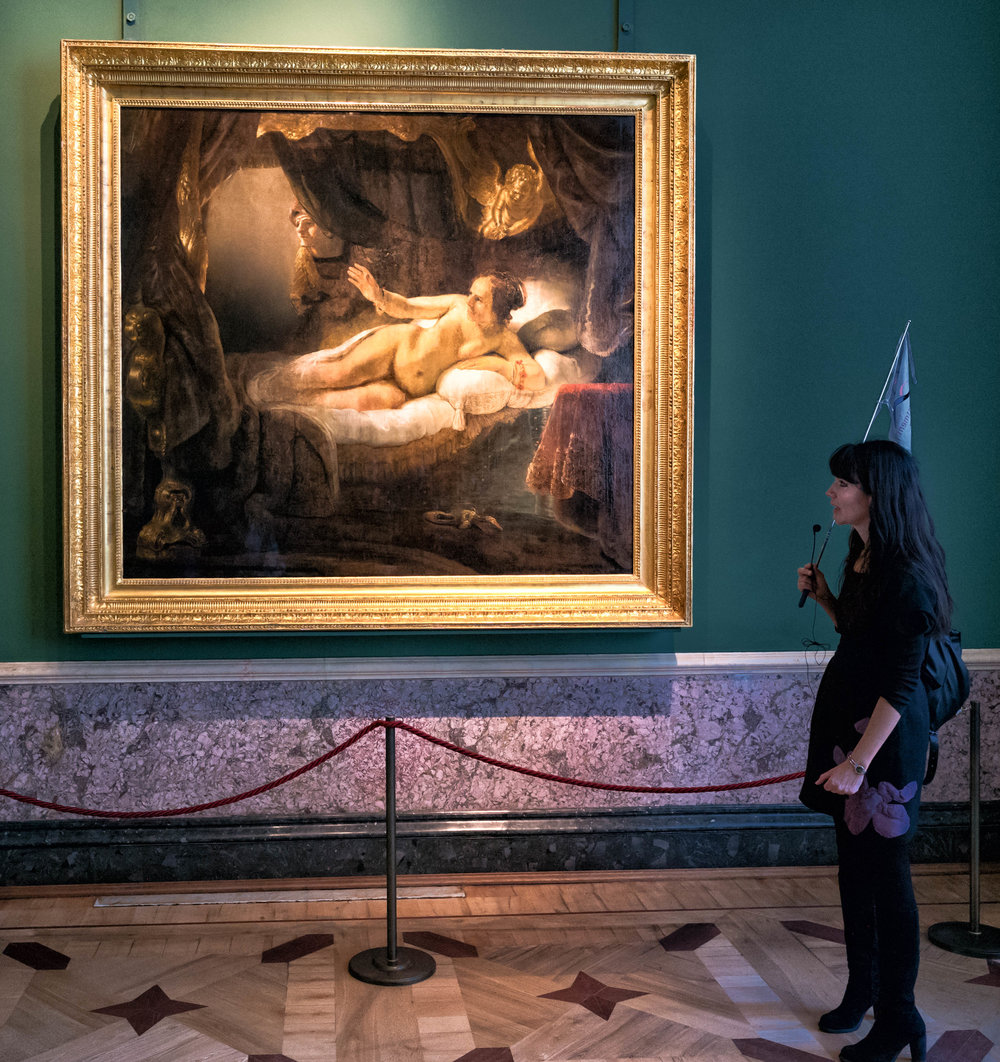
I took some shots in the square outside the Winter Palace/Hermitage. Going from left to right the first photo is as much as a 16 mm lens would get for me in the square, the building complex is actually much wider than this, but you have to be on the river side to see it all. The next two shots show some horses and coaches which were available for hire, the second one could be one that Cinderella might have used. The final shot on the right showed flower tributes to the victims of the recent mall fire in Siberia.
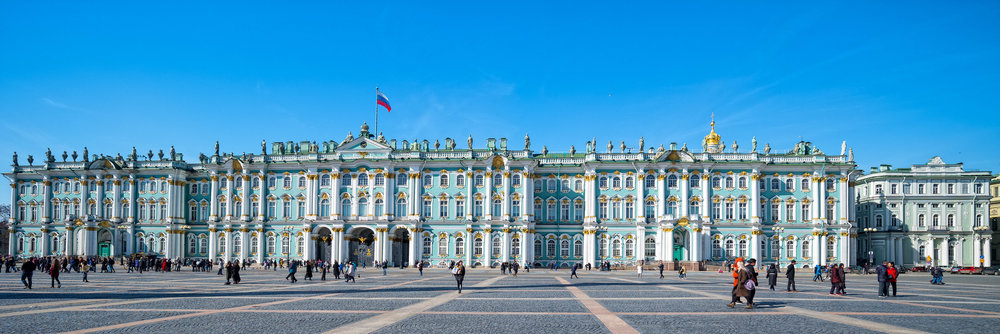
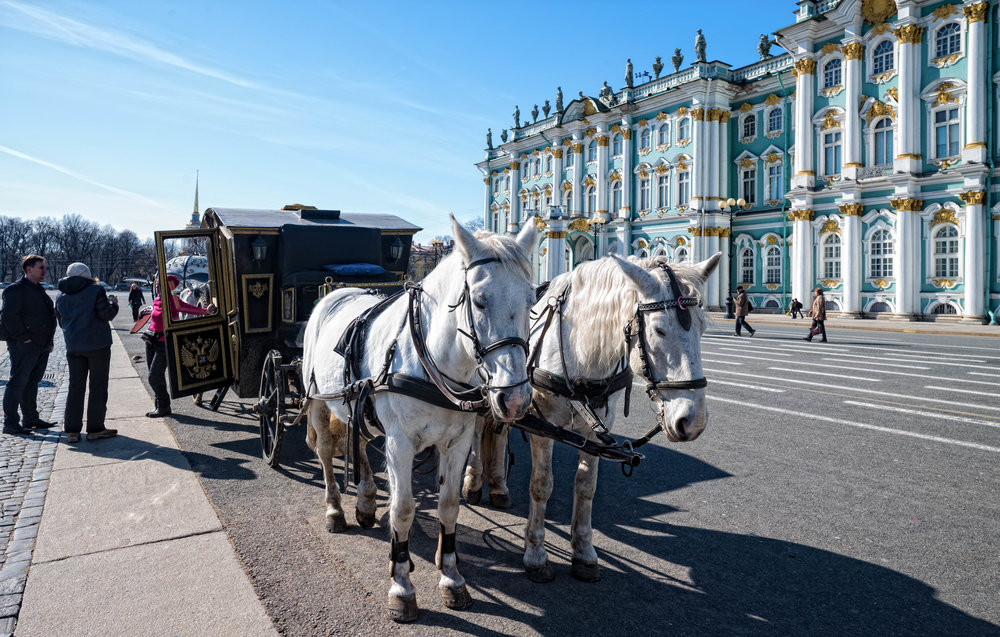
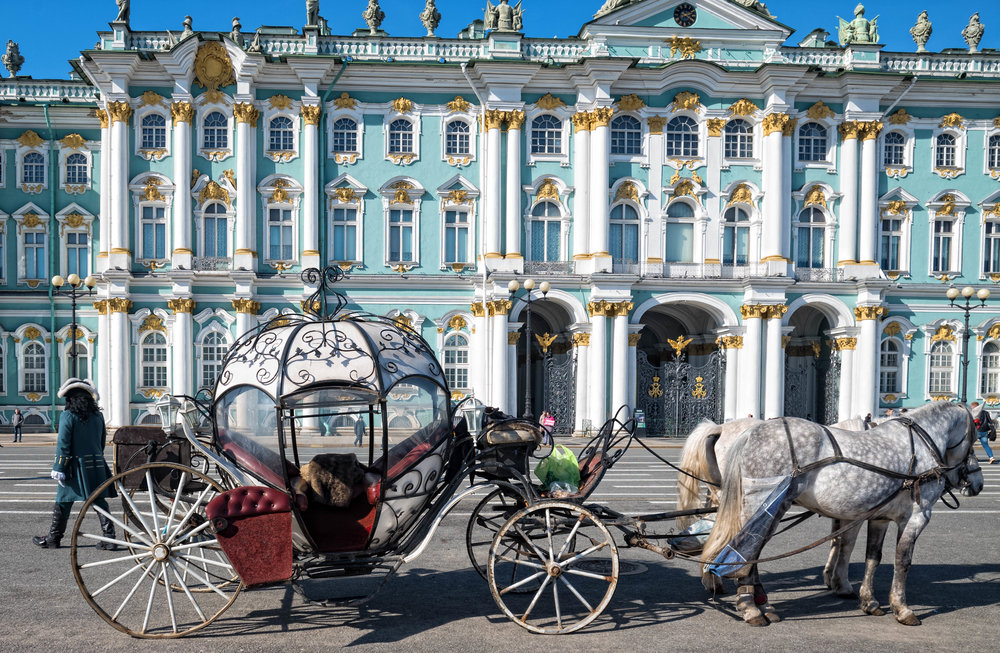
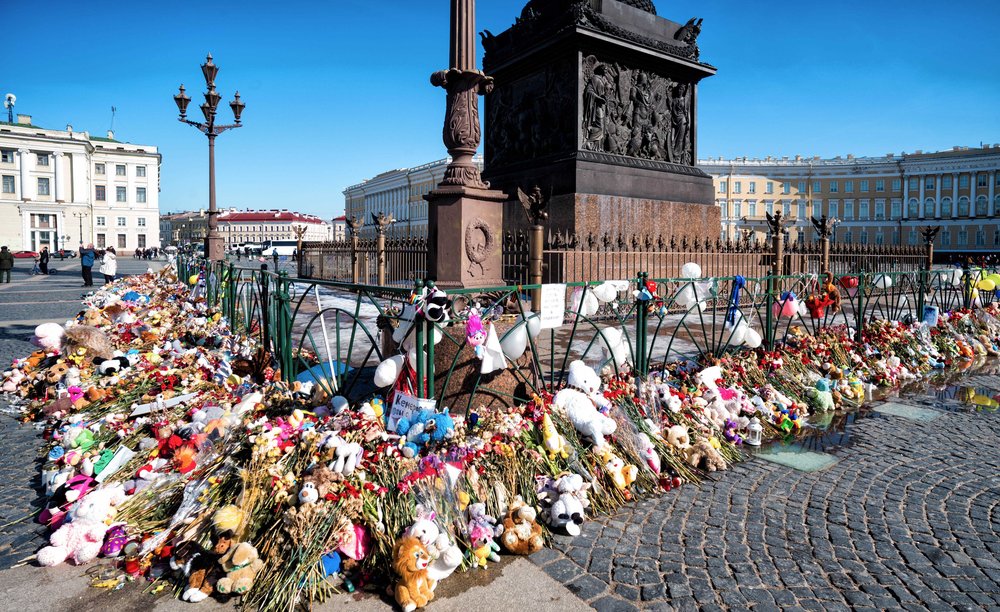
And yet more palaces
On subsequent days we visited a number of Romanov palaces outside St Petersburg. The first of these was the Catherine Palace (after Catherine the Great) in Pushkin. This shows the trademark Romanov style of golden wall ornamentation and mirrors. Also featured were many tables laid out for elaborate meals. It seems that Romanovs were good hosts and hostesses. The large blue and white ceramic items against the walls were heaters.
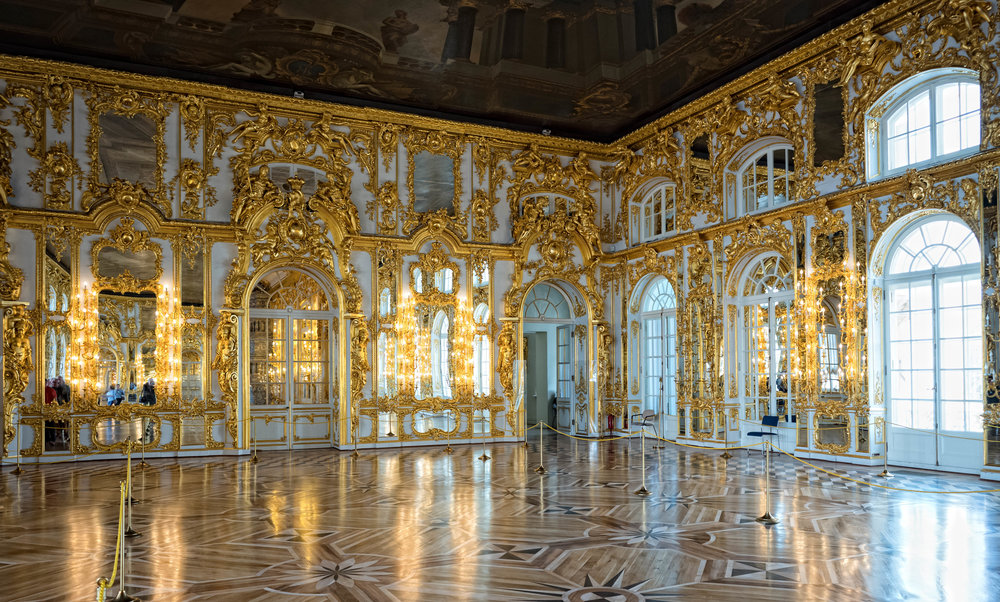
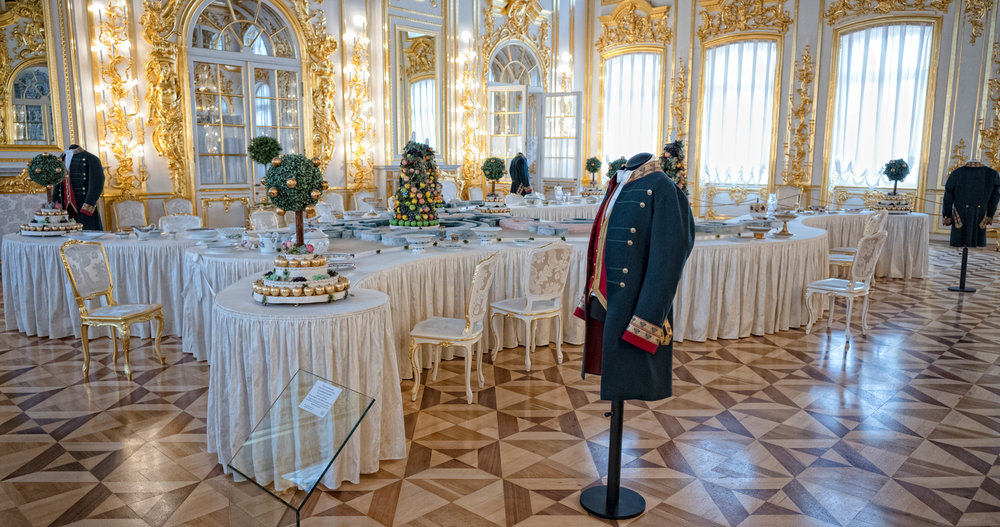
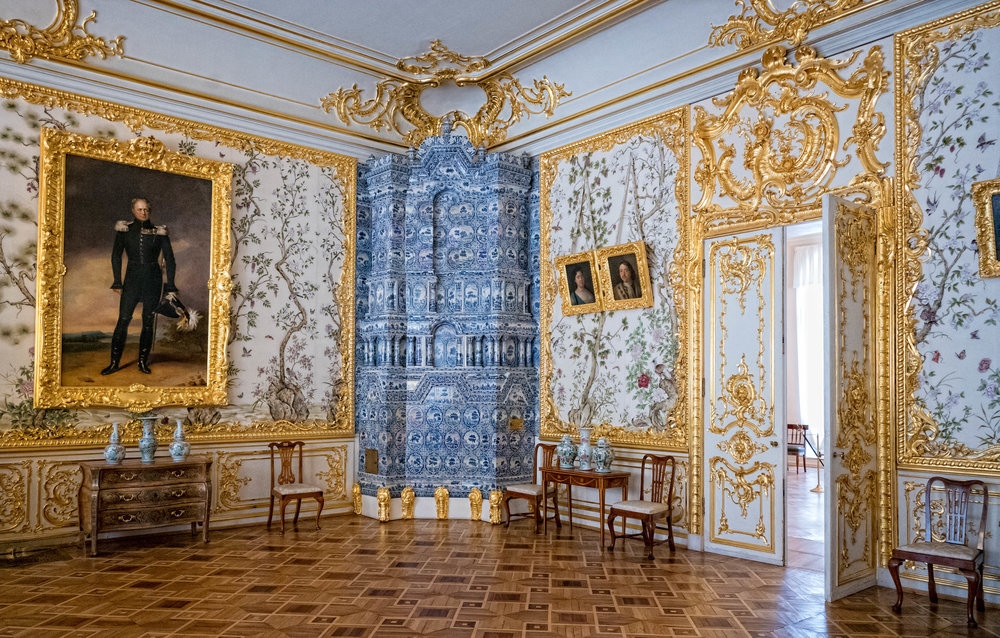
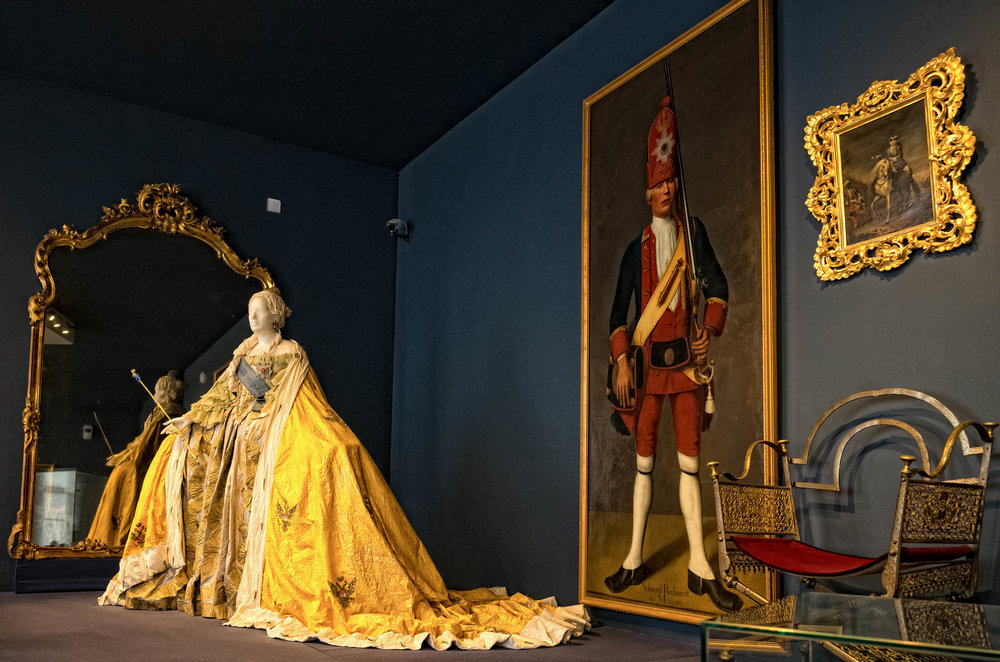
We also visited the Peterhof Place of Peter the Great near the Gulf of Finland.
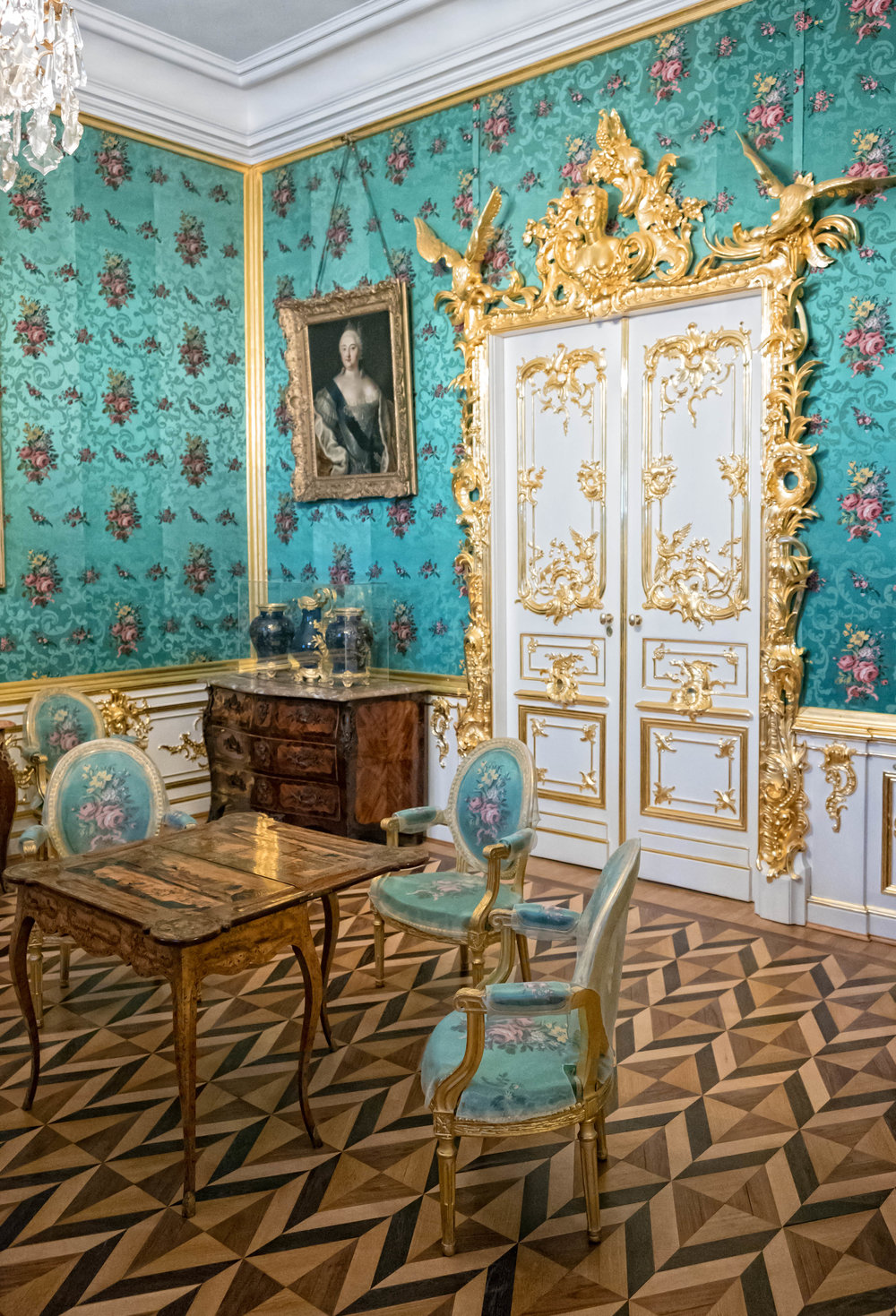
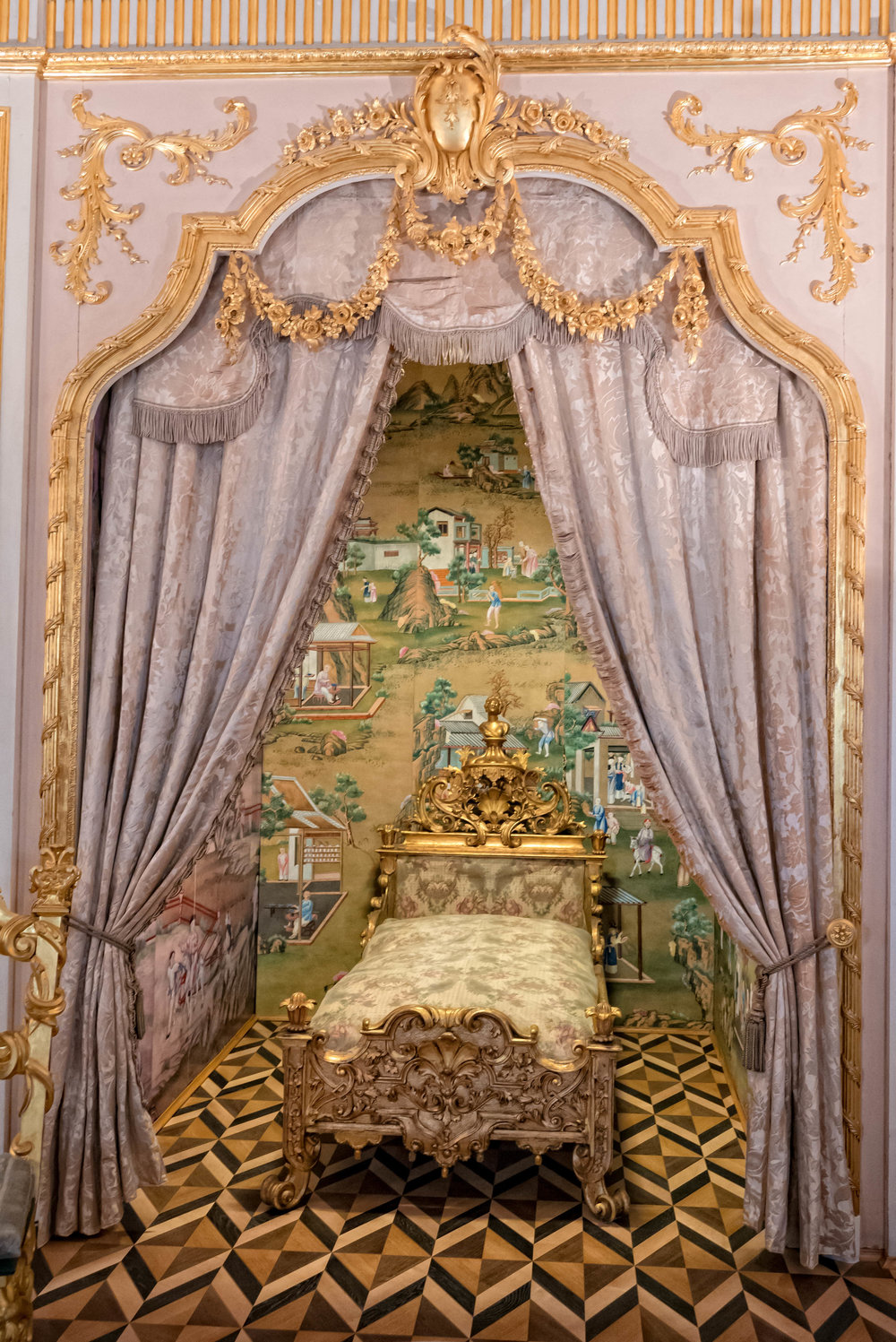
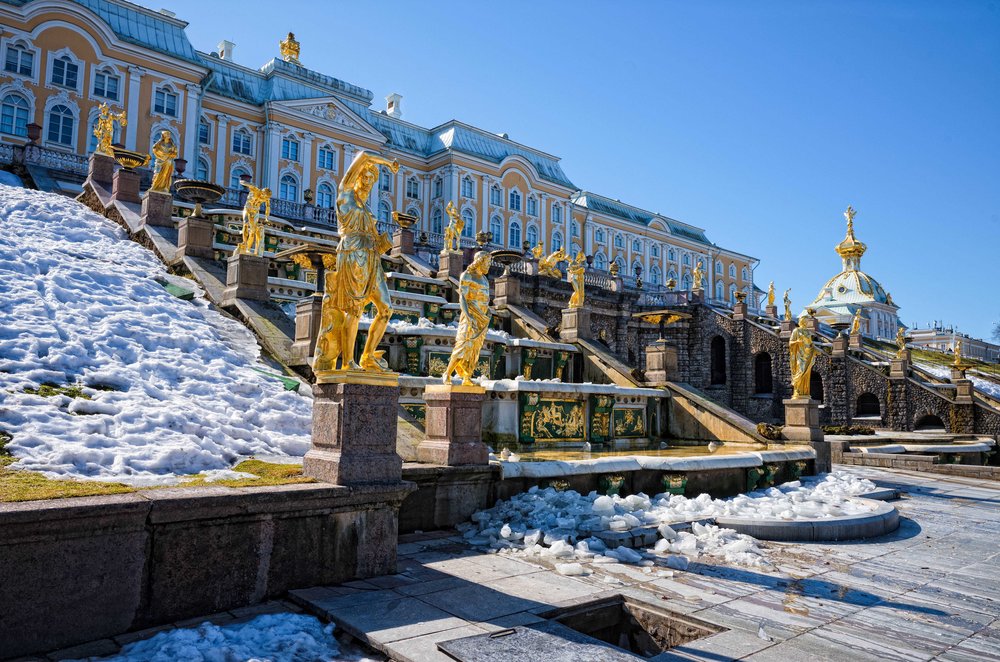
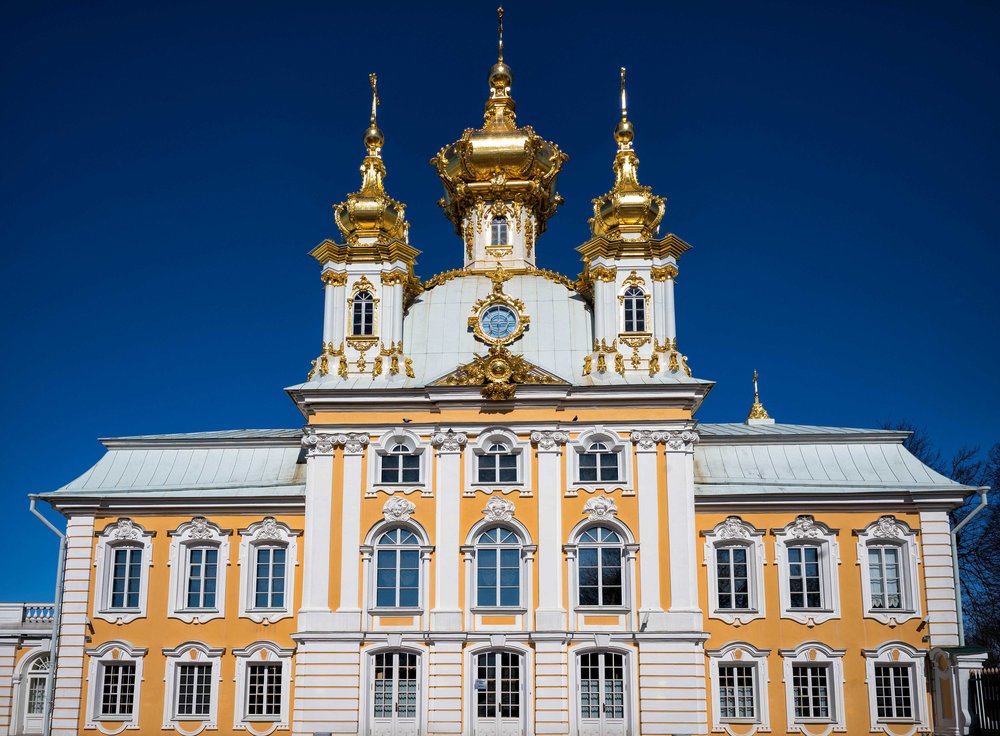
The fountains on the steps with the gold statues operate only from 1 May onwards, but everything looked like it was ready for the main season.
The following section is probably only of interest to photographers and non-photographers may wish to skip forward to the ‘Bearing it all’ section with a photograph of a bear at the end.
Technical Stuff
The gold domes and statues on palaces and churches remind me of this fake gold Leica which I saw on Arbat Street in Moscow.
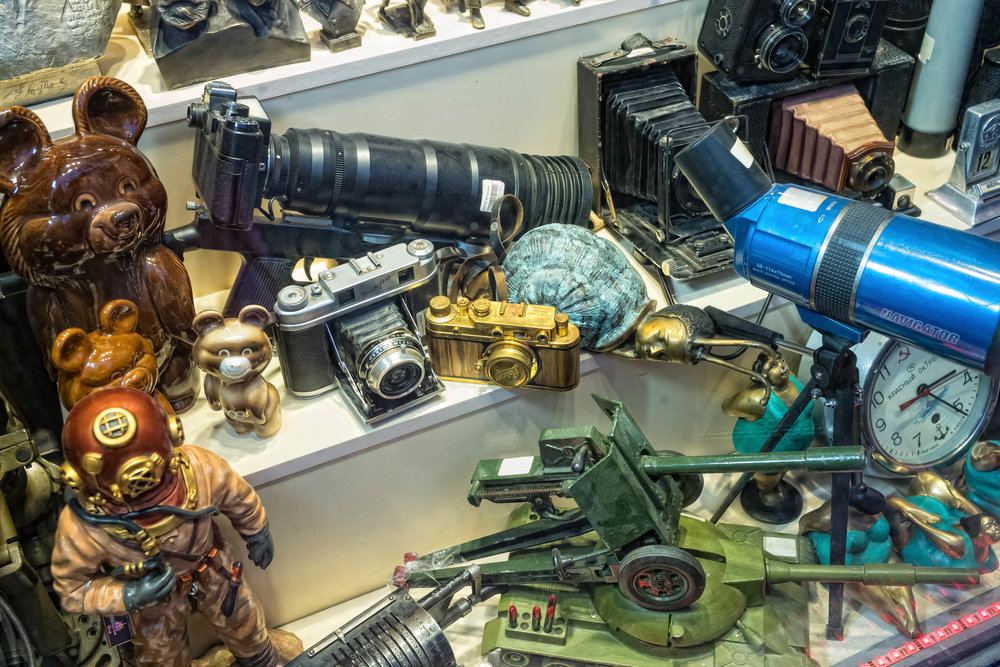
As I have a large number of genuine Leicas in my collection I would know a genuine one from a fake one instantly. Inside the shop, there were many such cameras being sold at inflated prices as Arbat Street is a tourist trap. For those who are not sure, they should remember the ‘balalaika or banjo’ test. A real Leica has a round rangefinder cam, whereas the the Russian fake will usually have a triangular cam.
The best advice is not to buy cameras in tourist traps, but to go to genuine camera shops instead. I found one in St Petersburg after a young member of our group with a Lomo film camera asked me if I knew where he could get film for his camera. I searched online where I found Photo Lubitel (named after the Russian TLR camera) near Nevsky Prospekt I visited the store and there I found a young man called Max who knew a lot about film cameras, particularly those that had been made in Russia. I bought a Russian Jupiter 3 ( Zeiss Sonnar copy) LTM mount lens from him, having tested 3 or 4 samples at his little shop. I also bought a Jupiter turret multi-viewfinder which I had been looking for.
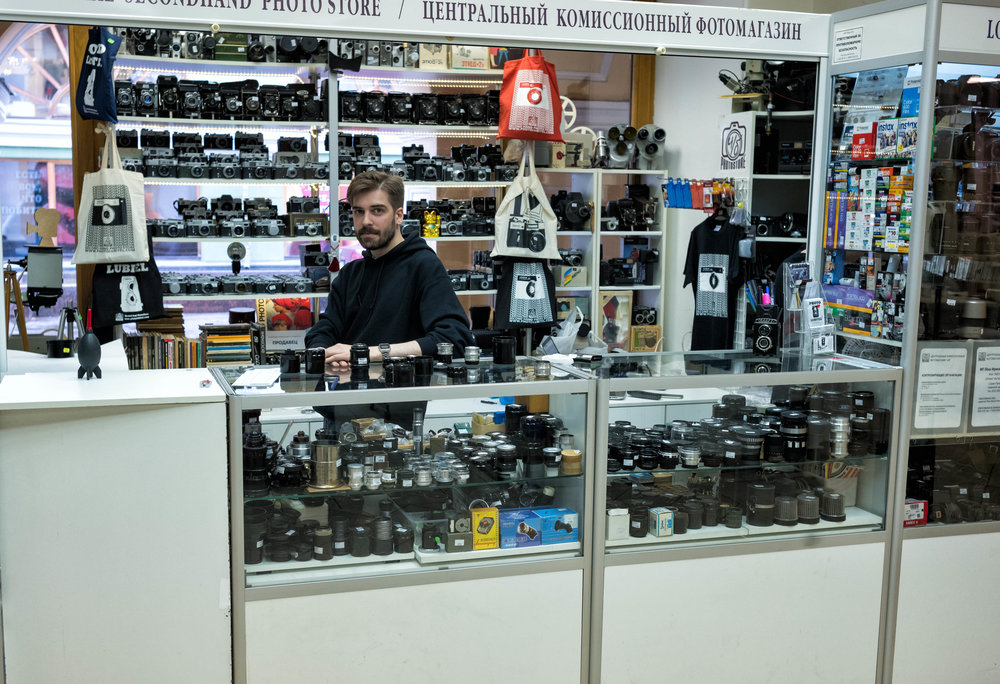
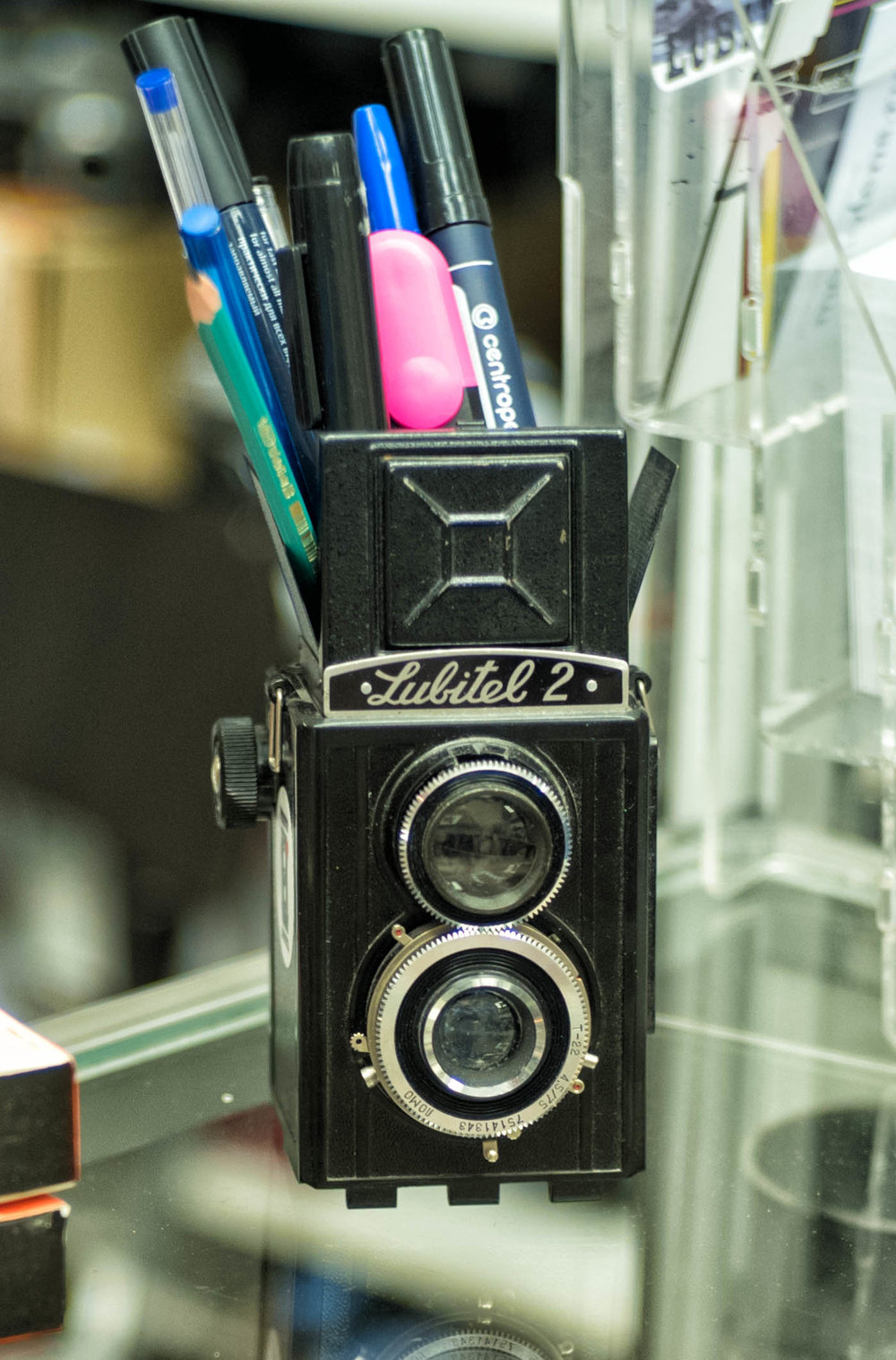
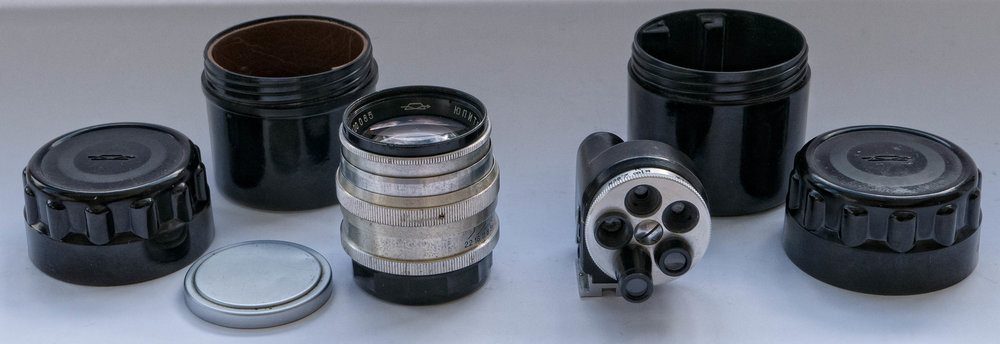
Some technical notes for those that may be interested. As for my photography on the trip I used my Leica M10 which has been giving me some problems of late with issues about the frameline selection travelling further than required giving the wrong frames, six bit recognition (not a big issue for me as I don’t value the feature much) and some rangefinder focus issues. I suspect that all of these issues are inter-related and originate in the mount area and the camera may take a short holiday in Wetzlar quite soon as it is still under warranty. Readers will see no evidence of these issues in my photos, however. The lenses used were the 35mm Summicron, 24mm Elmar and the 16-18-21mm Wide Angle Tri Elmar with the ‘Frankenfinder’. I did bring the EVF for the M10 and a 75mm Summarit , but they both stayed in my bag unused. The train photos were taken with the Lumix LX 100 (the ‘real’ D-Lux) .
Bearing it all
We did many other things while we were in Russia, such as going to Swan Lake at the Hermitage Theatre, and attending a Cossack night (sort of a Russian Riverdance) at another theatre in St Petersburg. I did not take any photos at those events as I have strong views about not interfering with other people’s enjoyment of events that they have paid to attend.
The last photo I took was of this stuffed bear on the stairs of the restaurant where we had lunch before going to the airport. The bear used to be the symbol of feared Russian power, but this one seemed to be a friendly fellow.
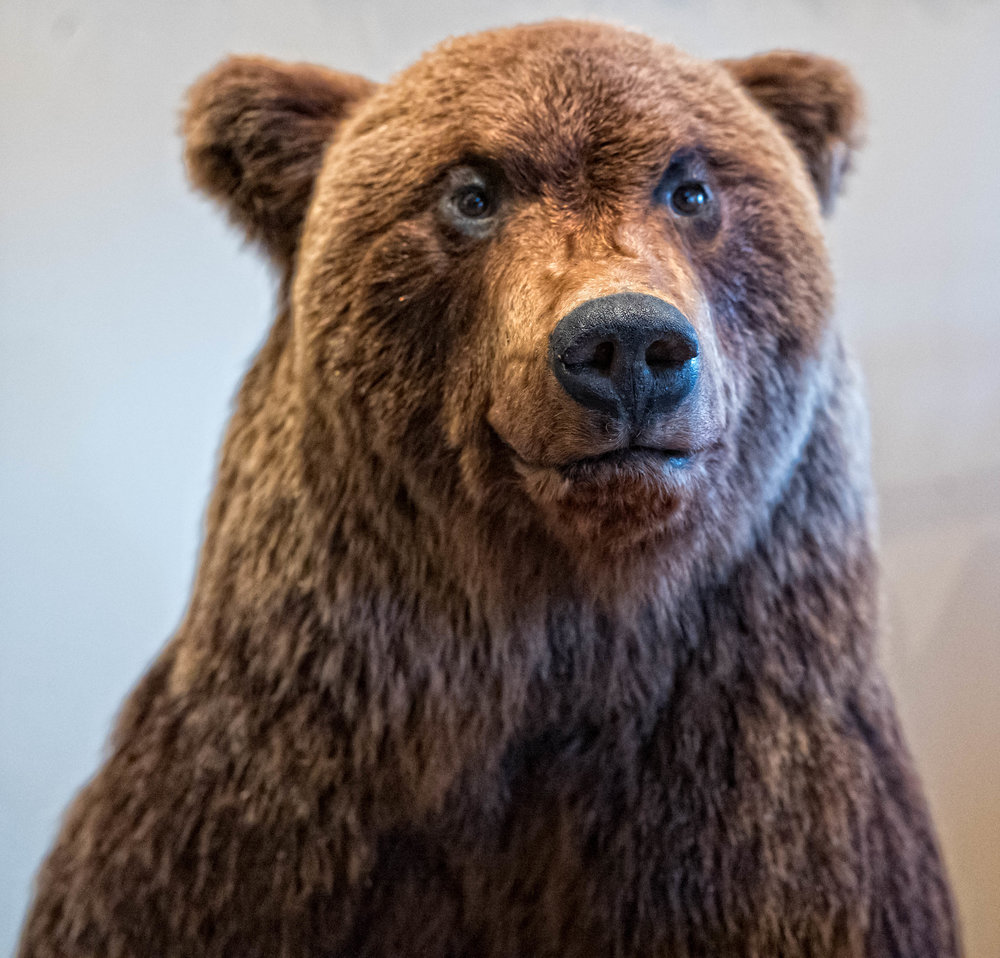
Leaving aside current political tensions, and we did see the media crowds outside the Foreign Ministry on the day of the mass diplomatic expulsions, we found our visit to Russia to be a very pleasant experience. In any event, an article like this is not the place to discuss political matters.
We found Russian people to be very friendly and helpful and only occasionally did we encounter a language barrier. The biggest challenge for outsiders is, perhaps, the use of Cyrillic script on signs of various kinds, but I am sure that if one were staying for longer than the nine or ten days that we were there, the main useful signs could be learnt for recognition purposes.
My one abiding memory, apart from the cleanest streets that I have seen in any country that I have ever visited, is of the young people. They were extremely well behaved and orderly and were going to and from their jobs and studies in a quiet but focused manner. They were also helpful — like the young lady, possibly a student, who, unasked, offered to show us how to use the Metro tokens we had purchased at the Technological Institute Metro Station in St Petersburg.
They were also extremely tech-savvy and we saw many of them using their mobile phones to make purchases. The young people of any country are its future and with the young people that we met, Russia can look forward to a great future, notwithstanding political tensions. Those prayers from Ireland for the ‘Conversion of Russia’ must not have been in vain.
______________
- Subscribe to Macfilos for free updates on articles as they are published
- Want to make a comment on this article but having problems?

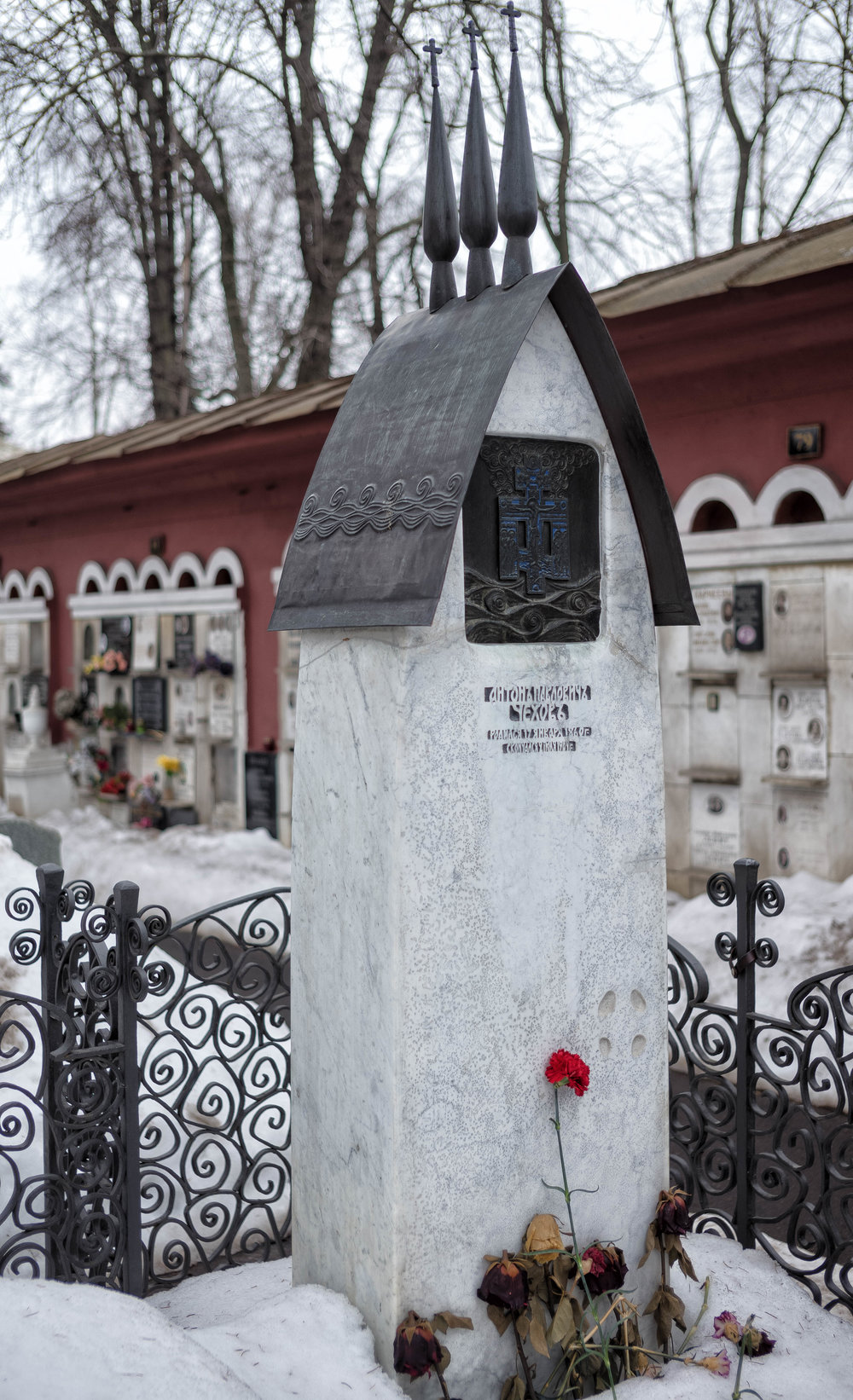
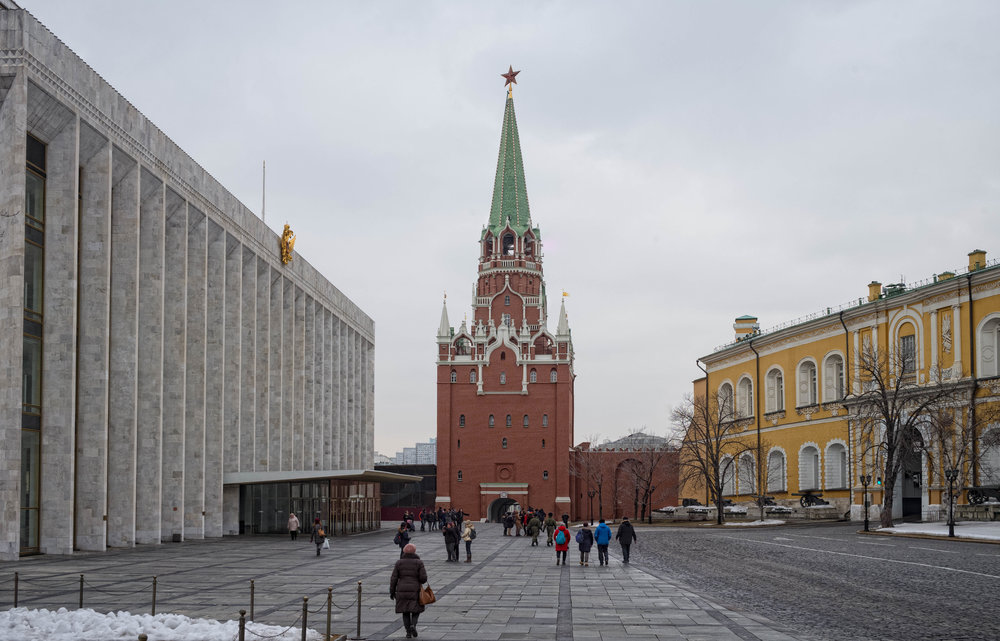
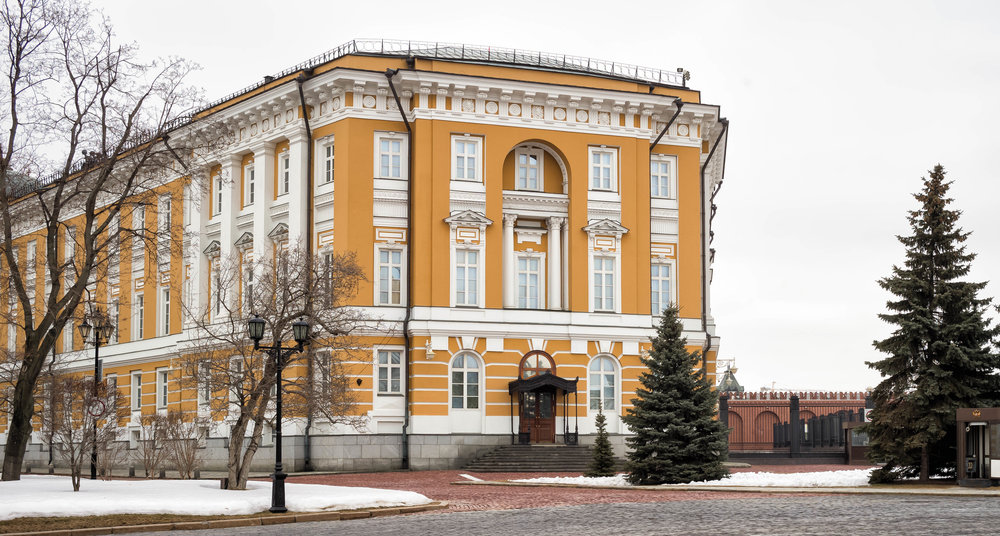
Rich colour and crisp definition from the M10 William.
Did you use the LX100 for any pics other than from the train ?
Thanks Wayne. I used the LX 100 for the train photos and for the group of items that I purchased in St Petersburg, 3 photos in all. I only bring it on trips for back up and for casual photography. The RAW images from the M10 come up splendidly with some processing in Lightroom etc and, of course, the M lenses are spectacular. Over 95% of the tourists that I saw in Russia were using phones for all of their photography. I was amazed at how adept people were in framing and zooming etc with their phones. A lot of them were uploading to their social media accounts as soon as they got into a wi-fi zone. Most people nowadays place communications ability well ahead of image quality. That is the element that the camera industry missed. To their credit, Leica had spotted this and their solution was the deal with Huawei.
William
William
Beautiful images and interesting commentary.
I am happily reminded of the two days my wife and I spent in St Petersburg. We haven’t been to Moscow but your images make a strong case to put this right.
Thank you for a great article.
David
Thanks David, Kevin, Richard and the two Johns (Wilson and Dodkins) for your kind comments. It is always good to get positive comments from fellow photographers. When I take photos ‘in the field’ I sometimes have an idea of how I might use them, but, in other cases, I sometimes don’t really realise what I have got until I get home and try to put some text with the photos.
William
And thanks for including the video of the clock, such a beautiful mechanism!
Thanks William for this very interesting tour. St Petersberg looks amazing!
Just FANTASTIC, what a great read and photo tour! You made my weekend!
A fascinating and beautifully photographed tour. St. Petersburg is on my "to-do" list and your pictures have moved it up a notch or two on that list. Thank you for sharing.
Excellent images and very interesting reading…The metro looks amazing for a railway network.
Thanks John. The metro stations do carry political and cultural messages, of course, but they are well worth visiting.
William
Thanks Tuco. I am glad that I have brought back some memories for you. Russia has changed and in the cities there is no obvious sign of shortages of goods and services, although I have heard stories about issues further away from the centre. There are some carry overs from an earlier era with stores having no obvious indication of what goods or services are being provided. We did have a ‘Father Ted’ moment in a Department Store which contained a supermarket in which a security man with no English pointed the way into a ladies lingerie department when we asked where was the supermarket. We required food for the train journey. The supermarket was hidden behind and below the lingerie department. If Father Ted and lingerie department together mean nothing to you, try this link https://www.youtube.com/watch?v=beN7FftWNCM .
I am glad to hear that I have now done the ‘Big Three’, although the Musee D’Orsay, the Guggenheim in Venice and the National Gallery in Dublin would be on my list of favourite museums/galleries that I have visited in Europe.
William
Nice work, Sir! Priceless stories for the rest of time. I worked in Moscow and Leningrad/St Pete before and after the USSR breakup and these images brought back rich memories.
Notes from the past, GUM showcased the bounty and wealth of the USSR to foreign dignitaries. No lines there. Arbat was the main shopping district with the empty shelves and lines.
Stores had no signs (much less bourgeois advertising) – anywhere. You had to know where to go to buy things, beforehand. The bread stores – they served no other product – usually had a varnished oak door, but was easy to find on each block by smell (very good gnarly bread, too.) Restaurants didn’t exist per se; they were more like catering halls — you scheduled a formal event and when your party arrived, the food – zakuski – was already spread out as a buffet. They were hard to find – just a street address and a door. There were no signs and few cars. In the city, you be a pulled over ("milli man" on every corner) if you drove with your headlights on at night, as during a wartime blackout. Just little marker lights were allowed.
During the break up, shipping containers with window cut outs appeared as new shops on the broader sidewalks and on arctic January evenings, people strolled past eating ice cream.
The Red Arrow train is the way to go from Moscow to St Pete. Round trip sleeper tickets (1st) were $4 round trip ($304 today), so I would get 4 and take the whole cabin as a wasteful and more comfortable, bourgeois capitalist.
The Hermitage is one of the Big Three (Louvre, Prado, Hermitage) and the most difficult to accomplish. It’s an important pilgrimage to have made.
Cheers, Tuco
Hi WIlliam, an amazing tour of Russia, and series of images that demonstrate the cultural richness of the country. I particularly liked the George and Dragon image, more owing to the moody sky and post processing which add a sense of drama – it is the sort of image I love to capture.
Kind Regards
Dave
Thanks Dave. I find Silver Efex very good for this type of thing. I knew that the detail was there in the clouds and that Silver Efex would get it out. The light in snowy landscapes was superb in both cities.
William
This must be one of the richest collections of photos ever published on macfilos! I don’t have to choose a favourite, of course, but in the last analysis it has to be the first – that superb b&w of the new cathedral. Thanks for the excursion!
Thanks John. Russia is a real visual feast. They are very proud of their religious and imperial past and they show what they have with real pride. Our guide in Moscow said that she had fond memories of the swimming pool which was on the site of that church shown at the top of the article, but there was also great pride in the new church. I am still absorbing and processing what I saw and heard while I was in Russia.
William
Thank you William. Superb images. I particularly like the young lady student and saint. And a very fitting last sentence.
Thanks Dunk. The lady cleaning the church was a shot I saw while I was there, but I missed the young student until I got home. I had been using the WATE wide-angle lens to take a picture of the church and when I started to examine the image I saw the young student sitting at the edge making notes under the picture of the saint. The monastery had a lot of young male and female students and the place had a discernible religious atmosphere, particularly around the silver tomb of St Sergius where they have perpetual prayers and singing in an area where photography was prohibited.
William